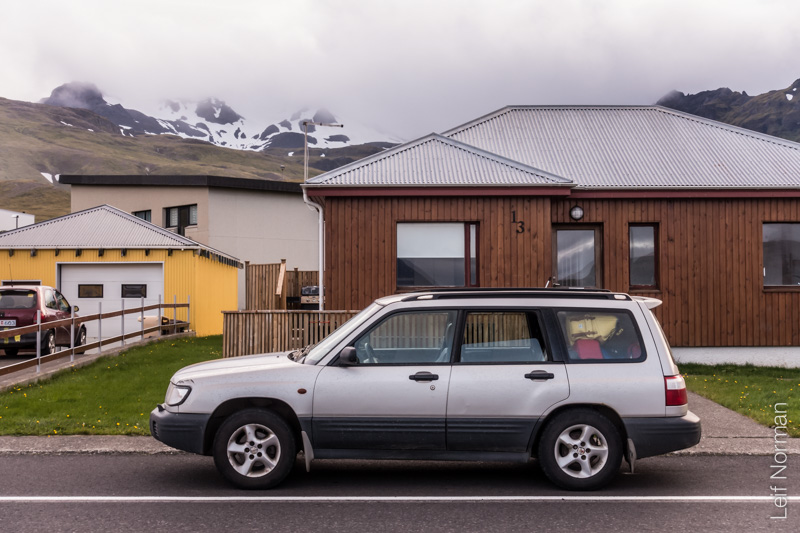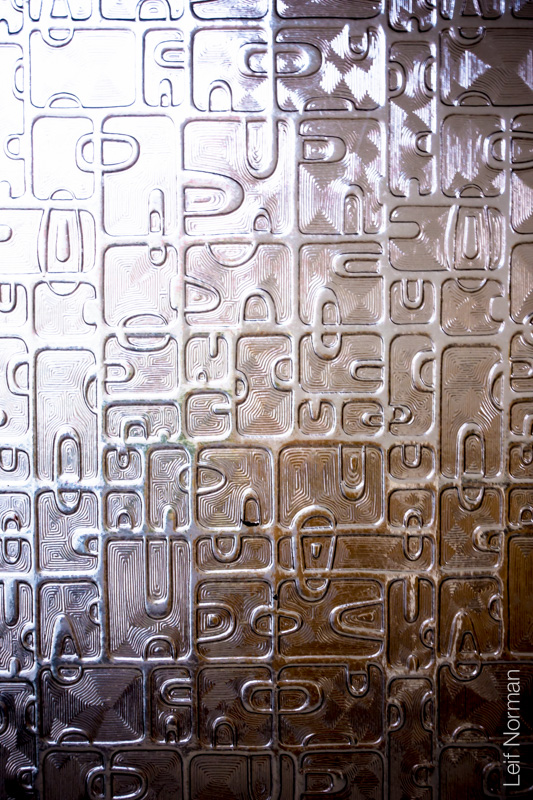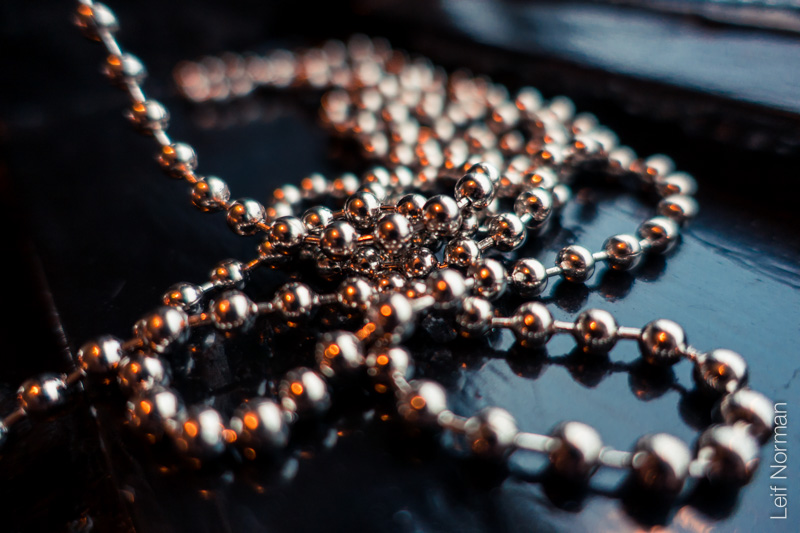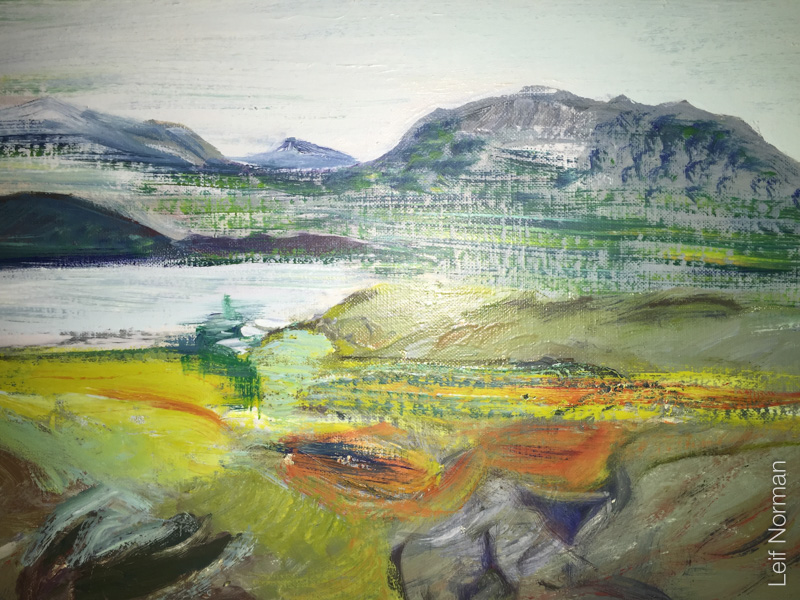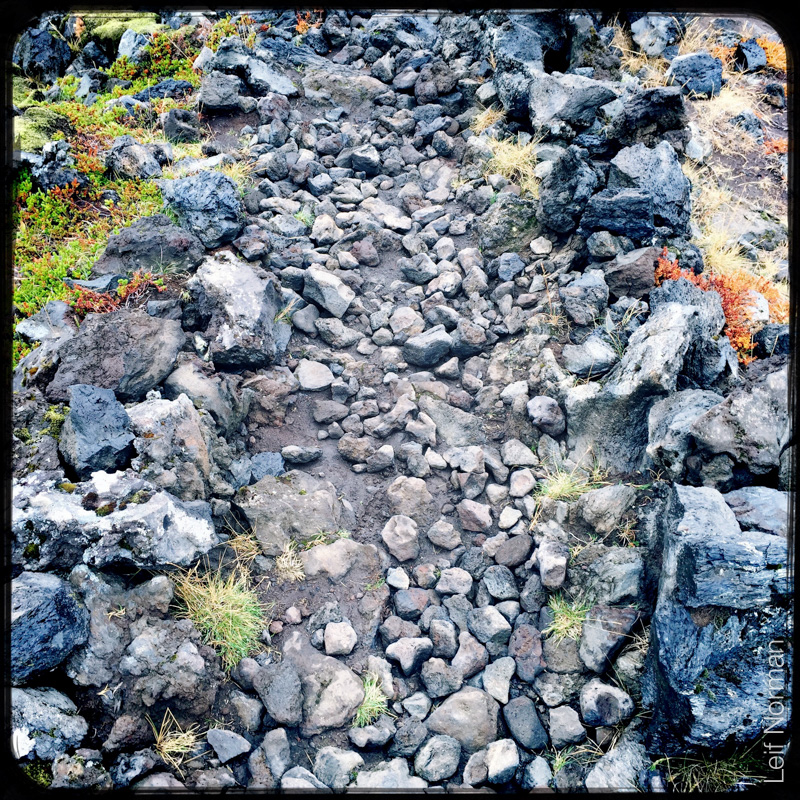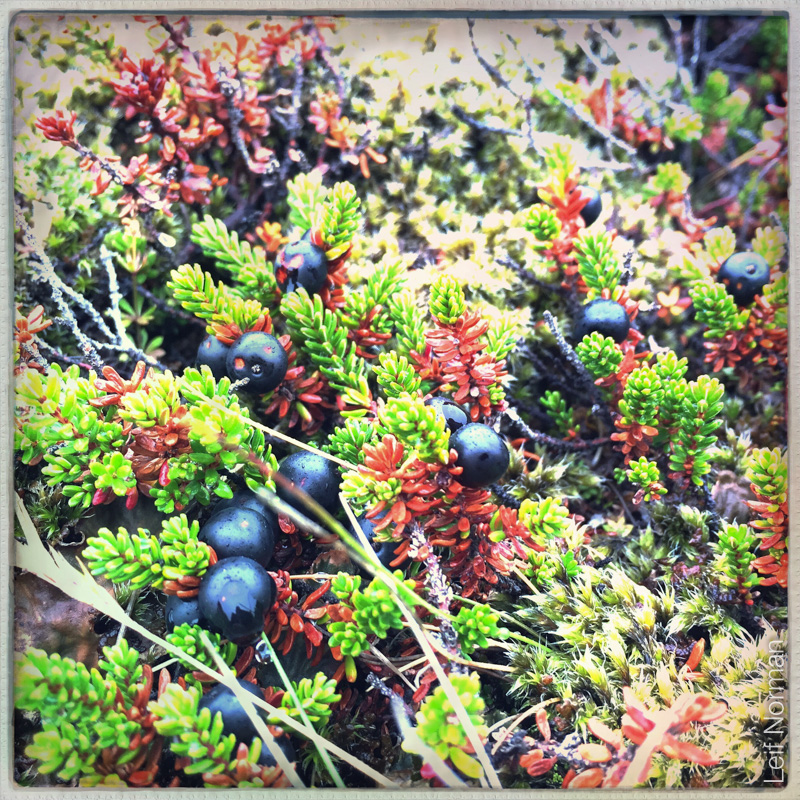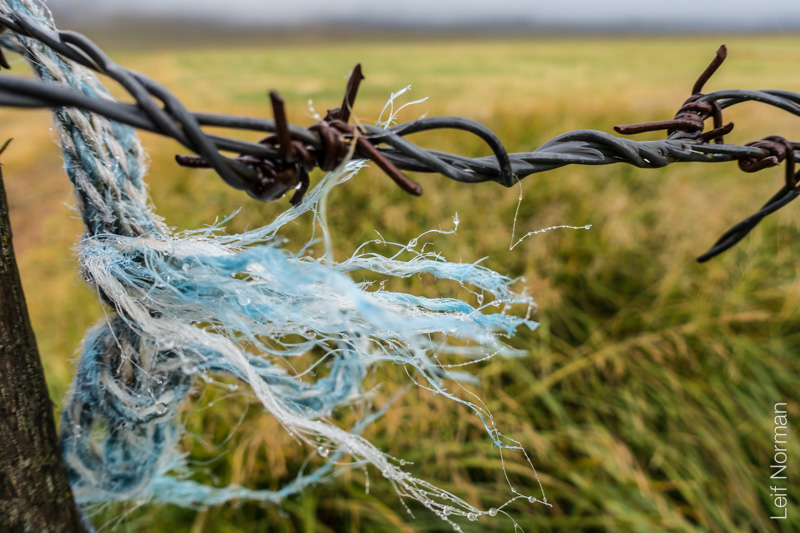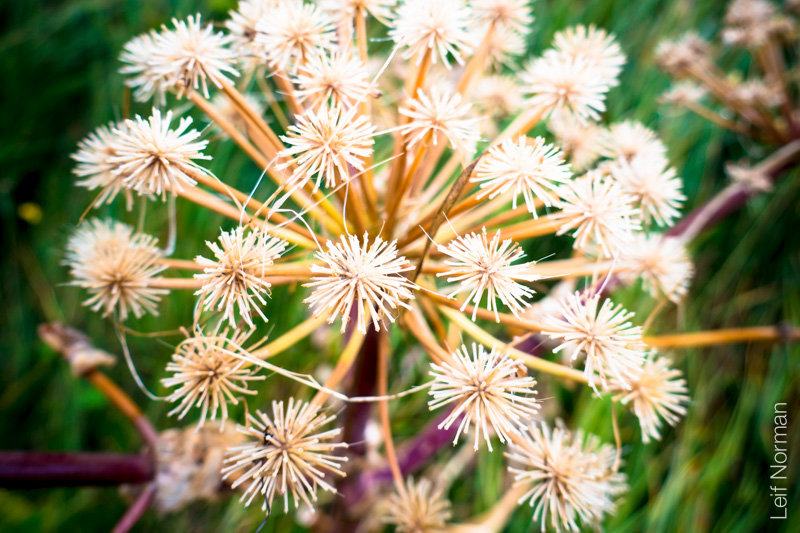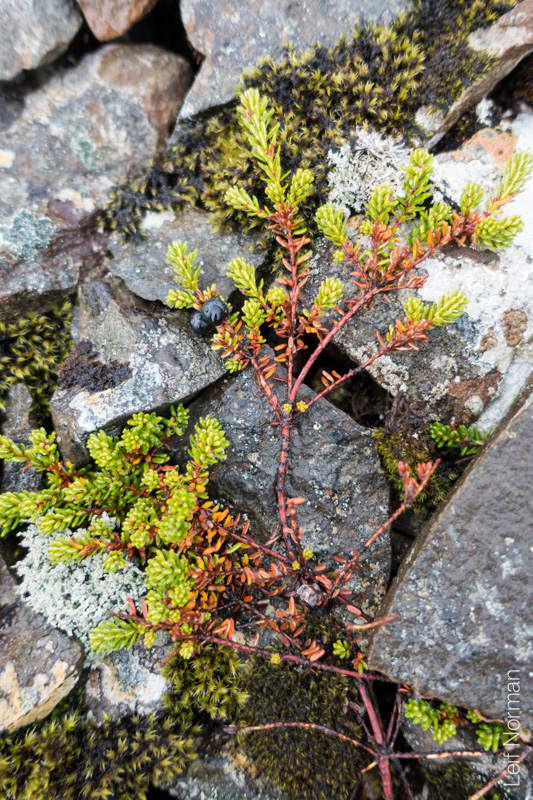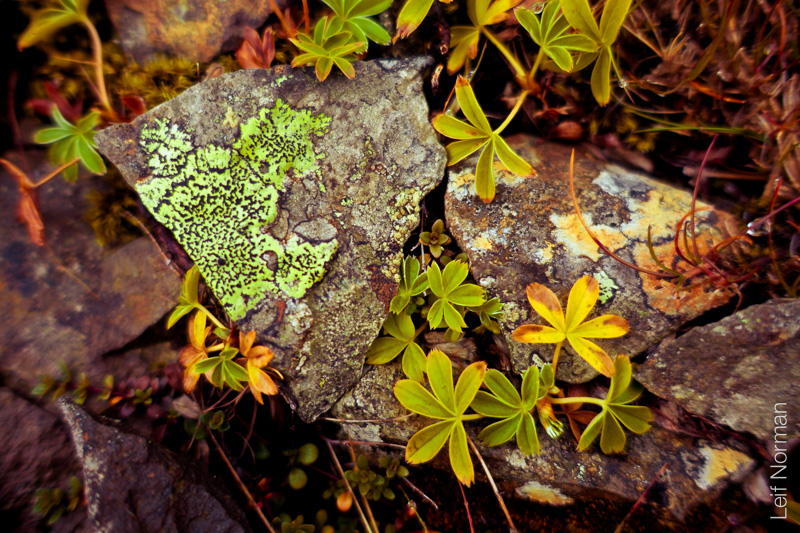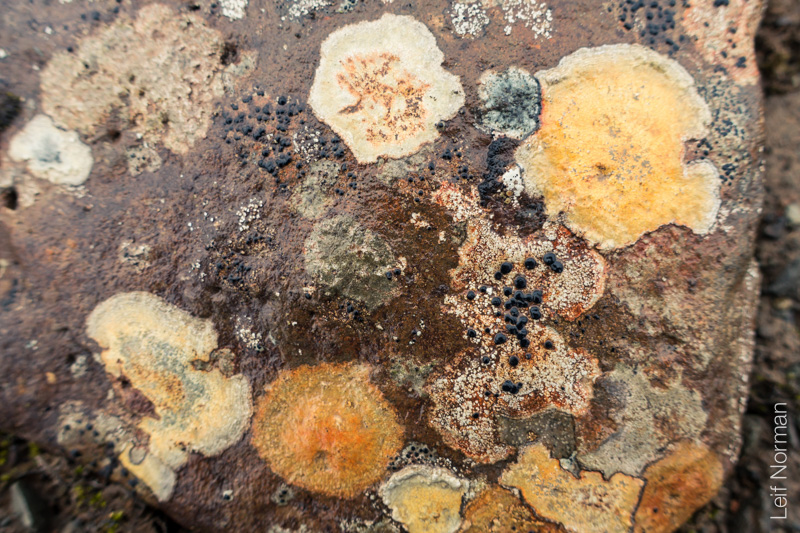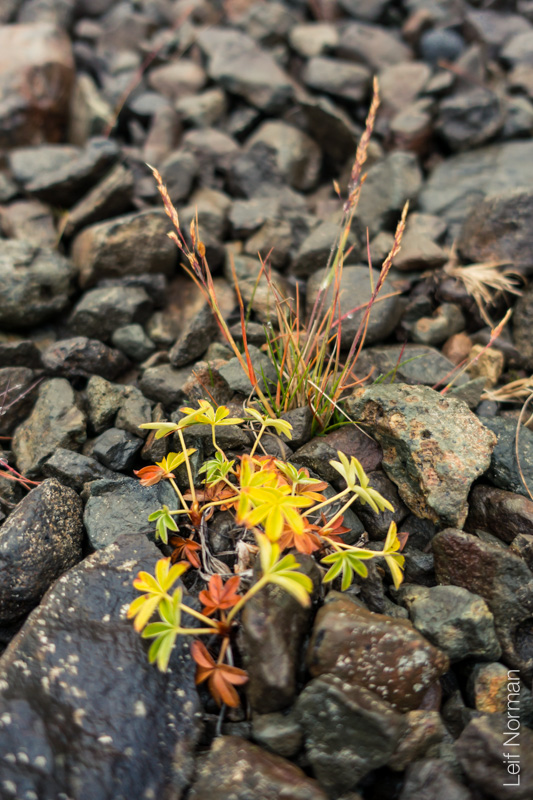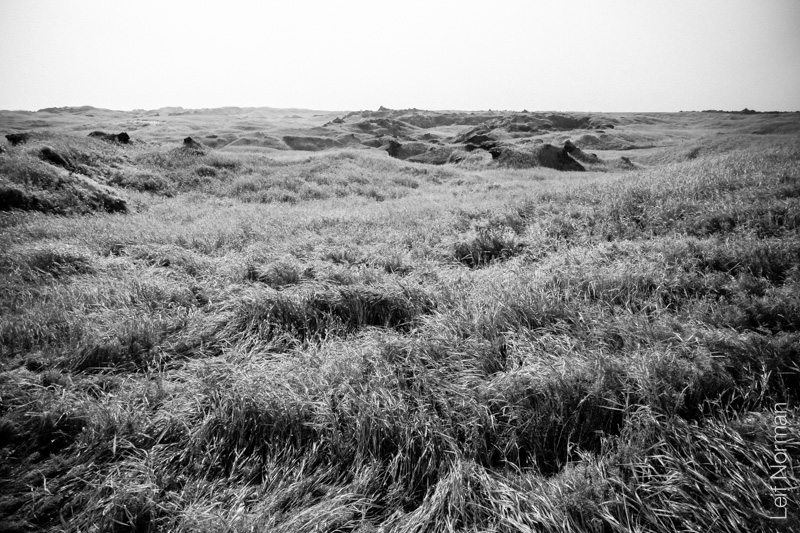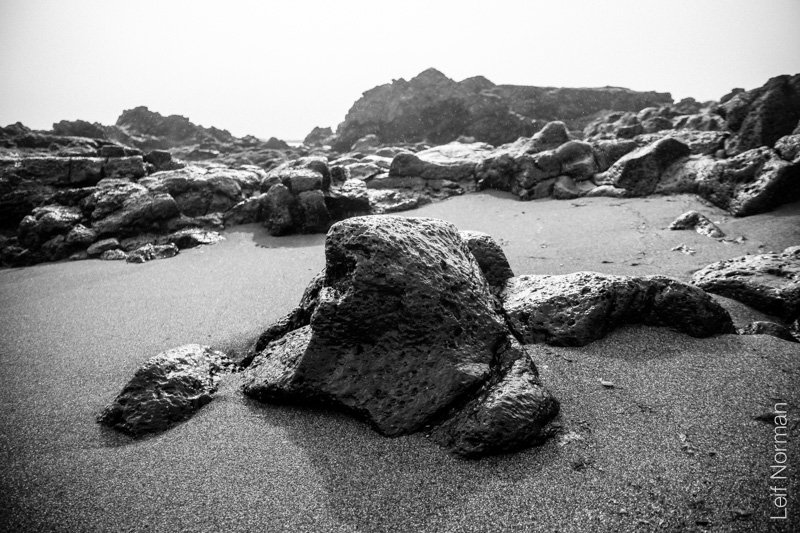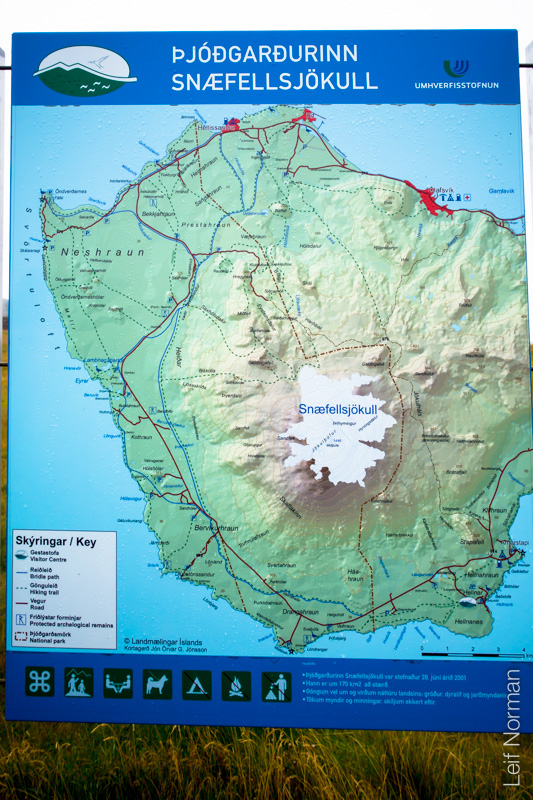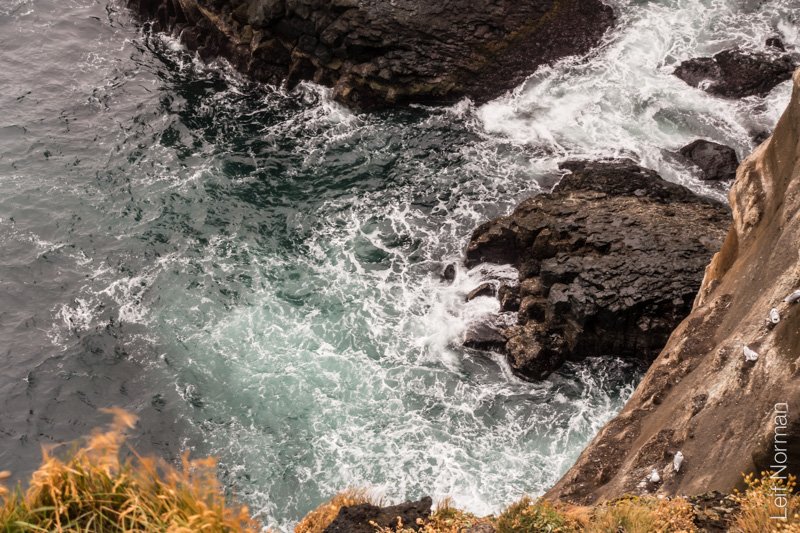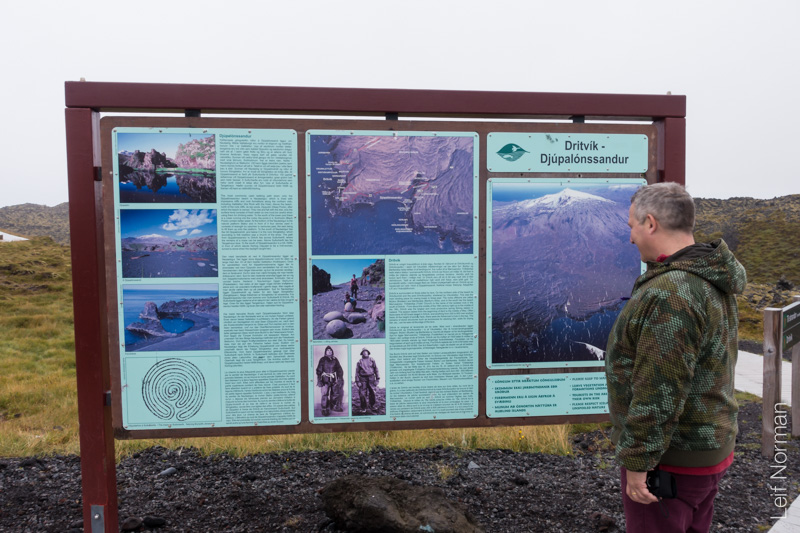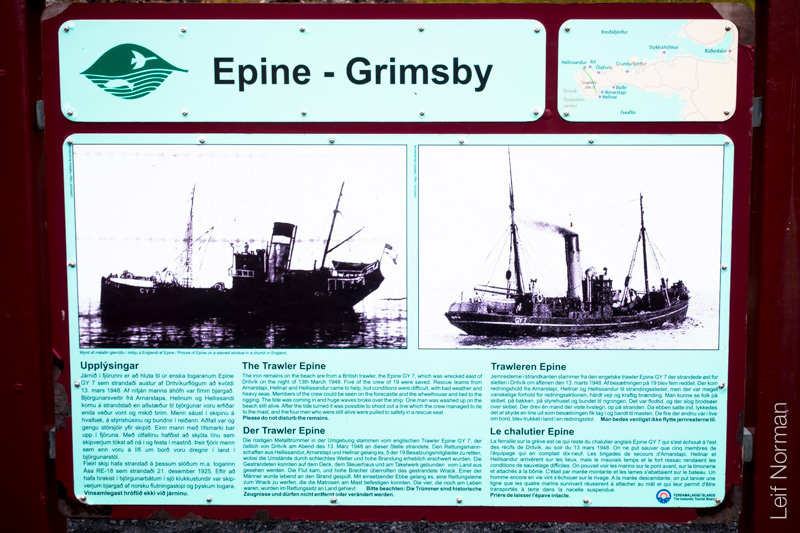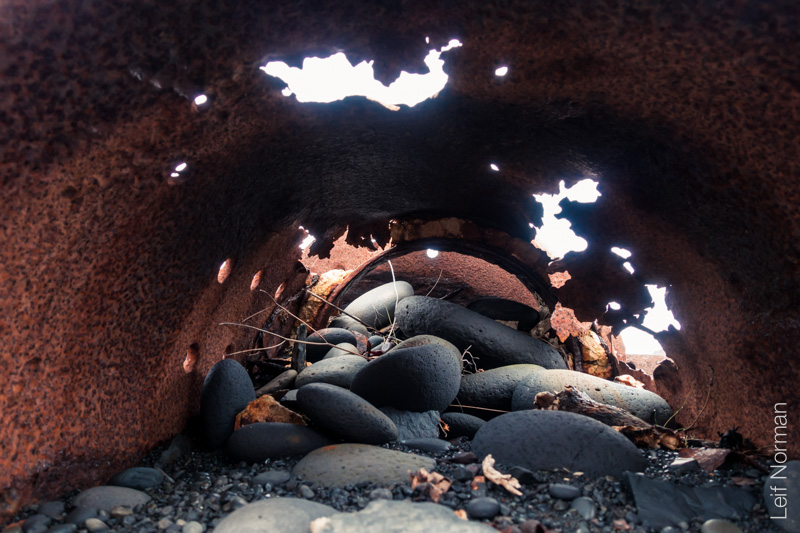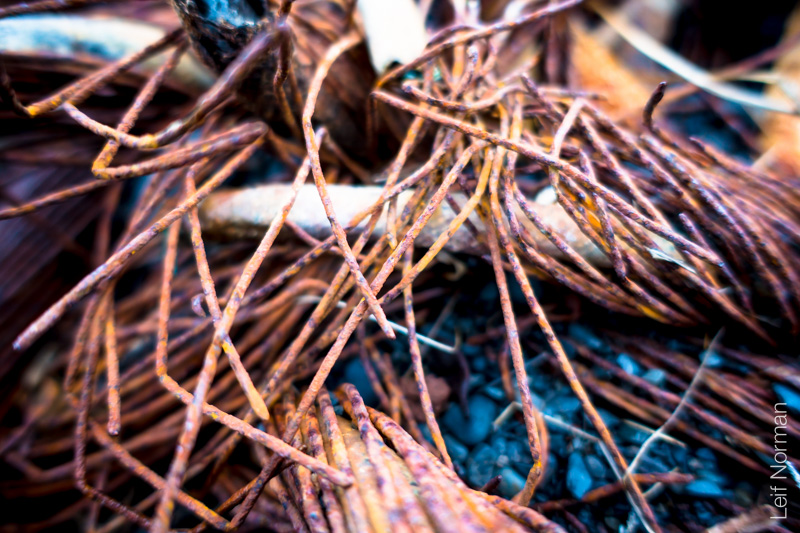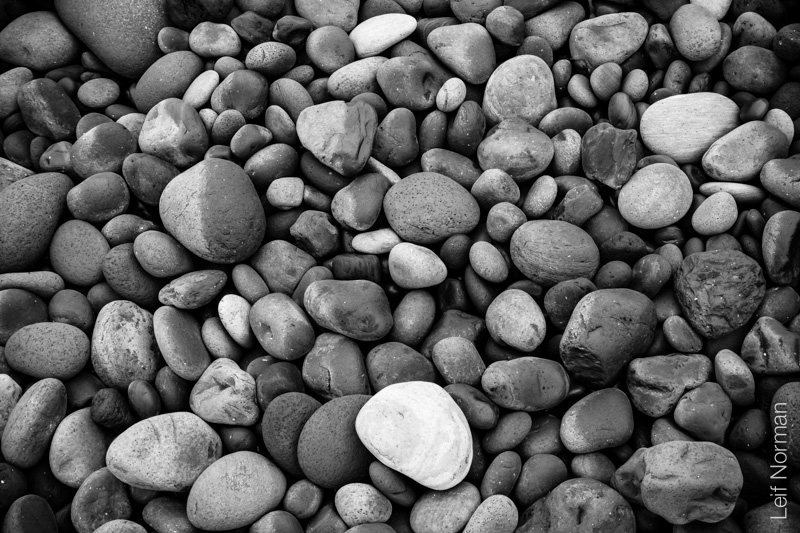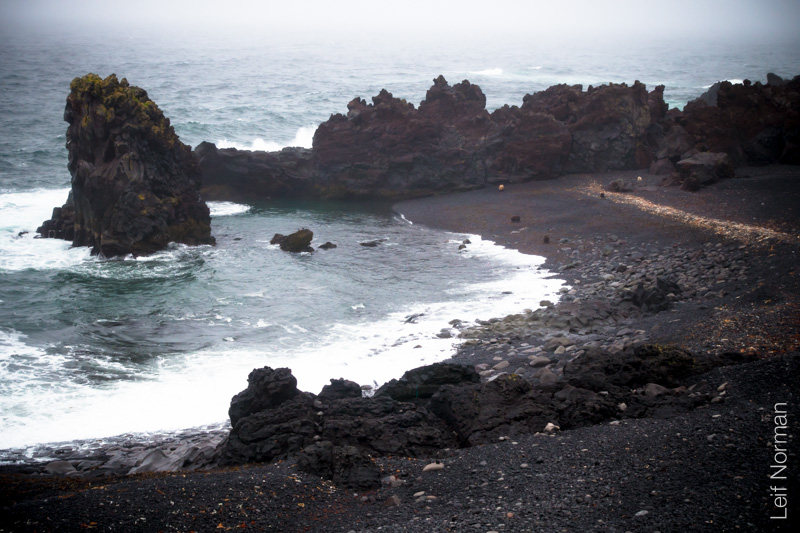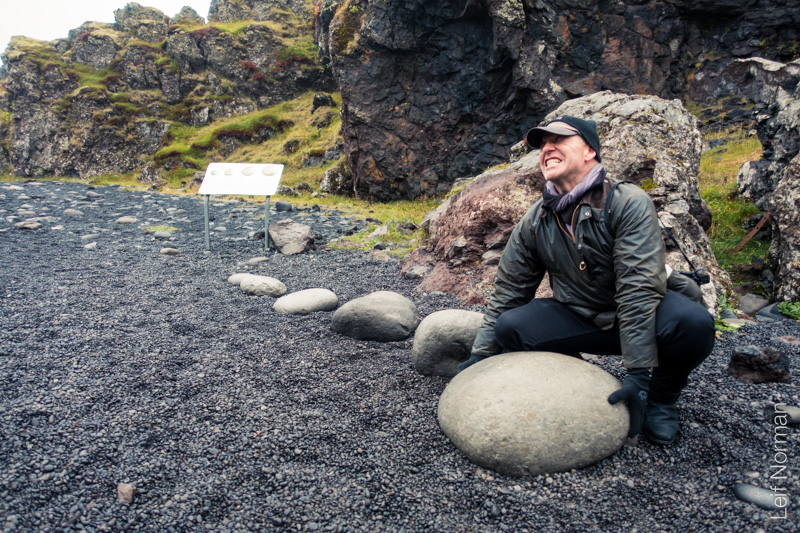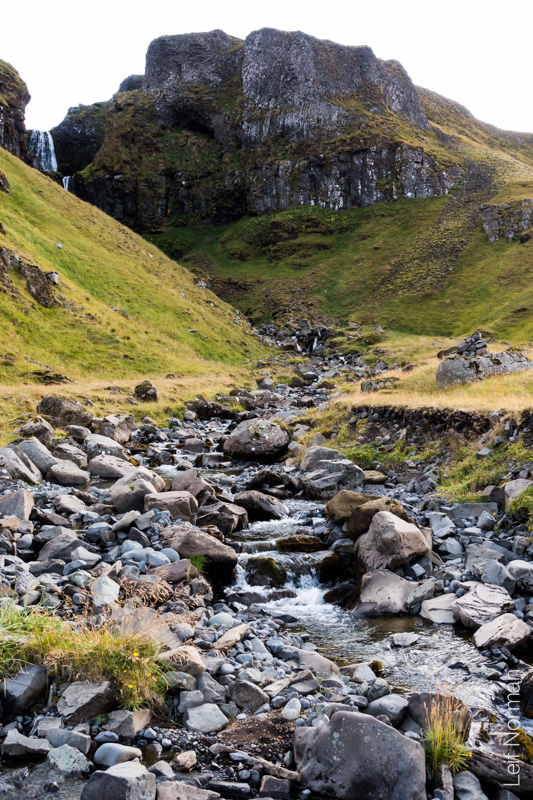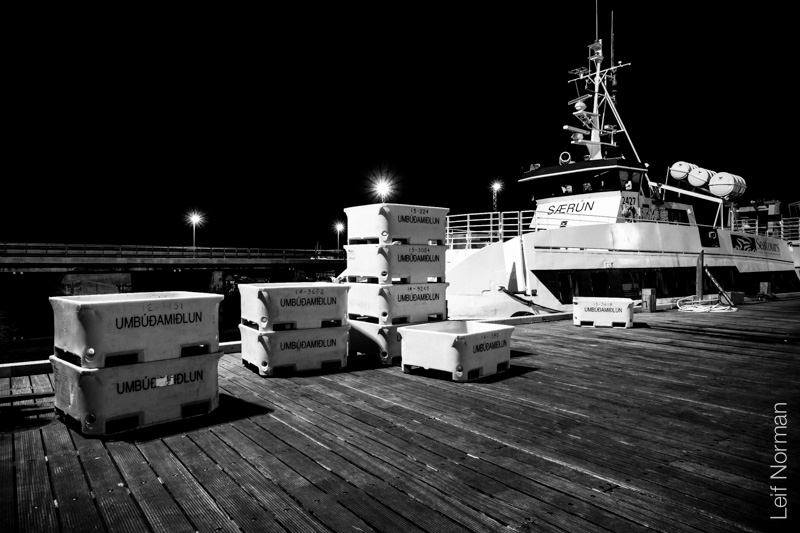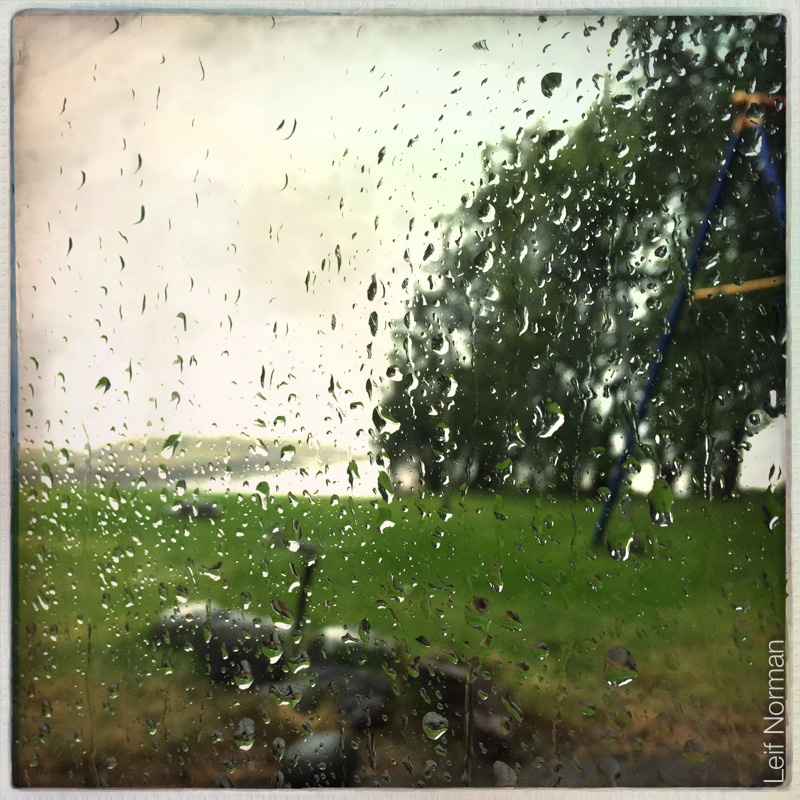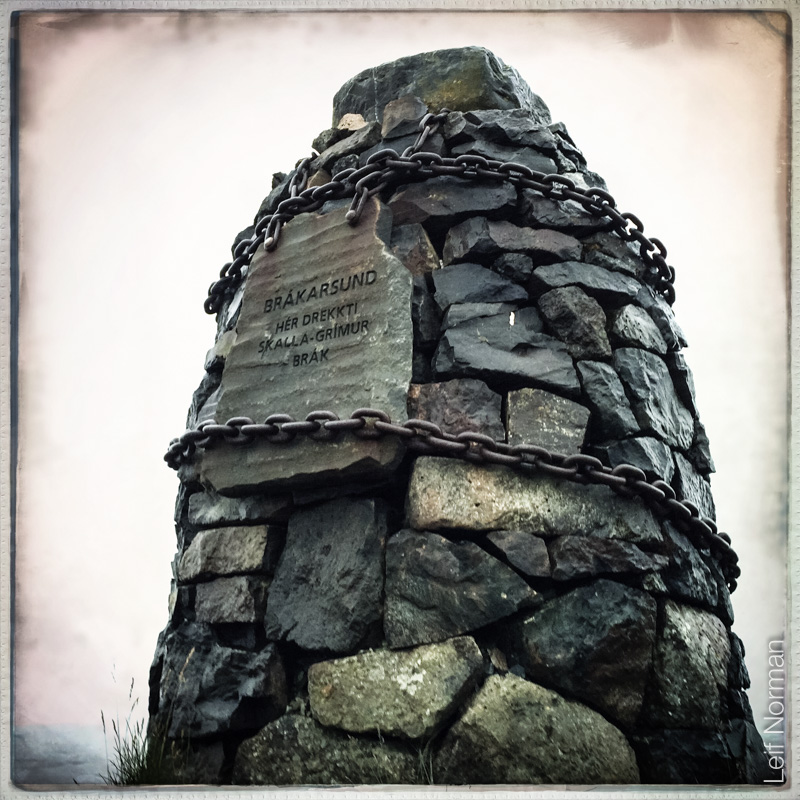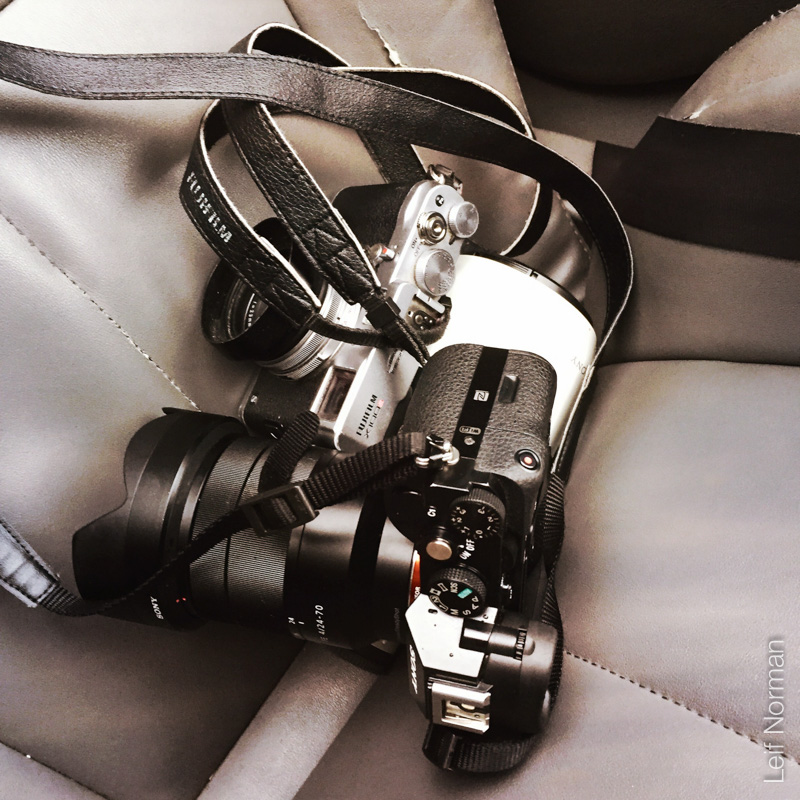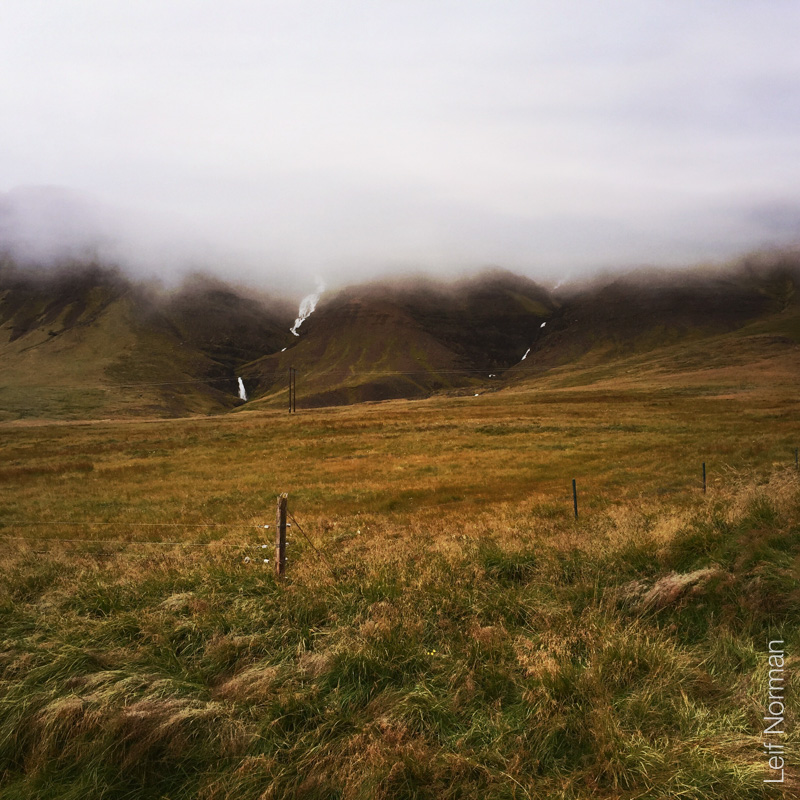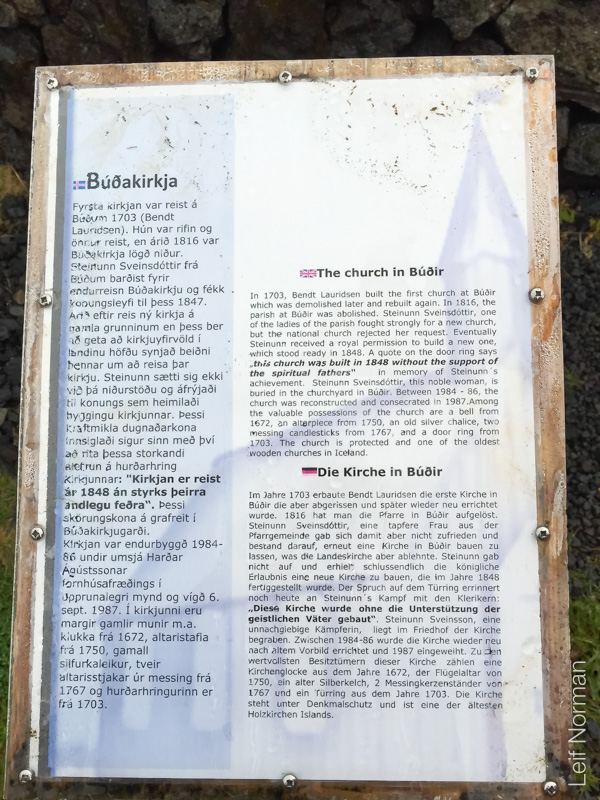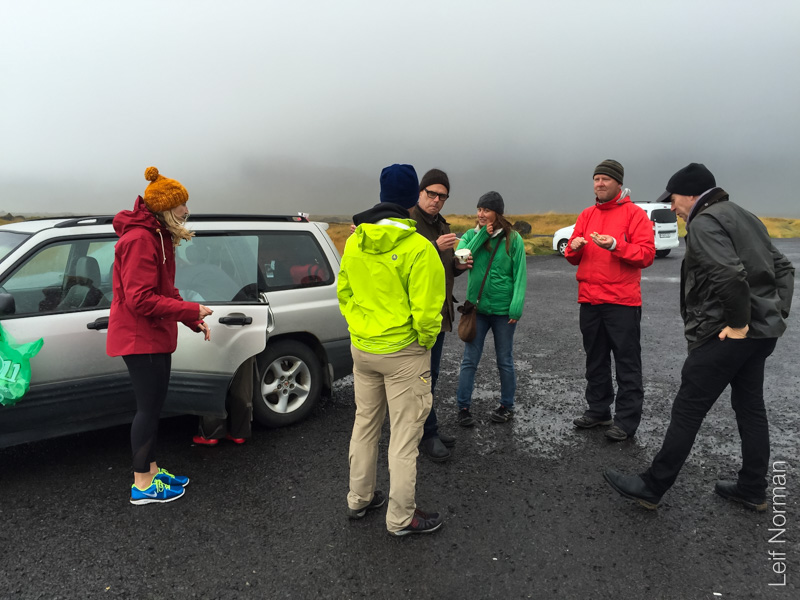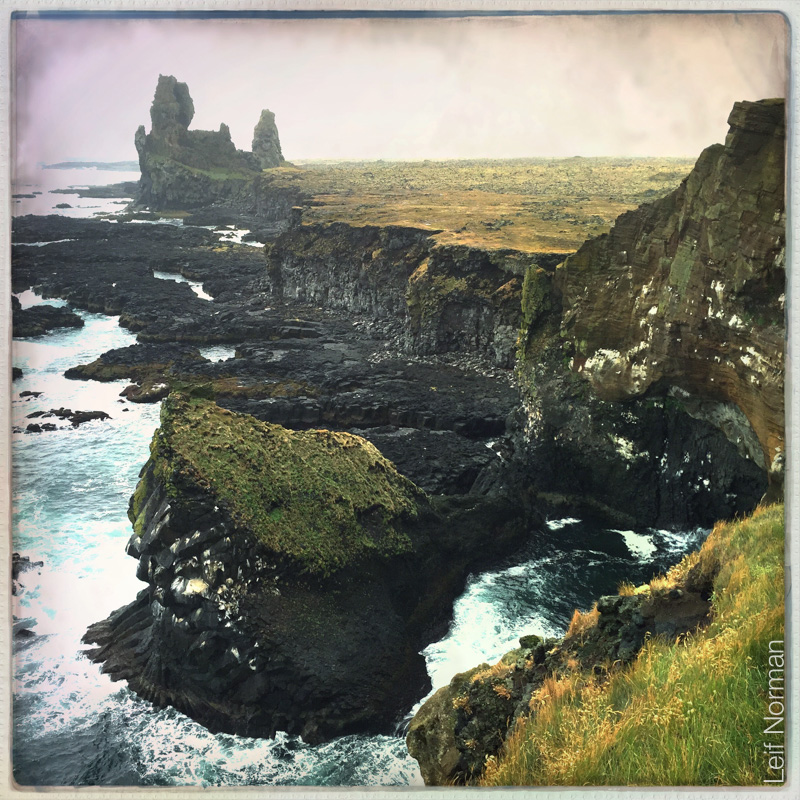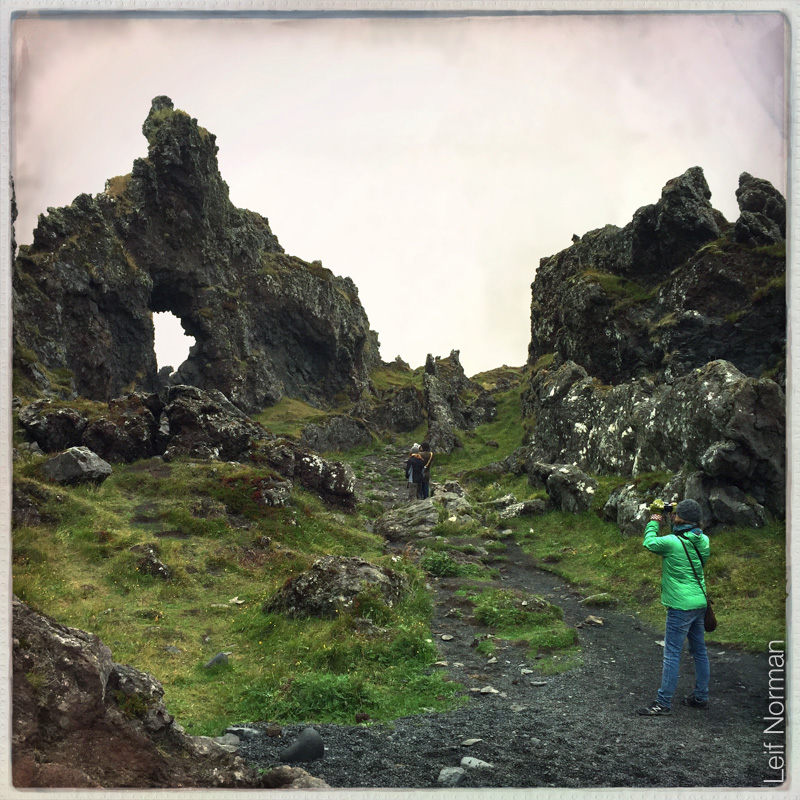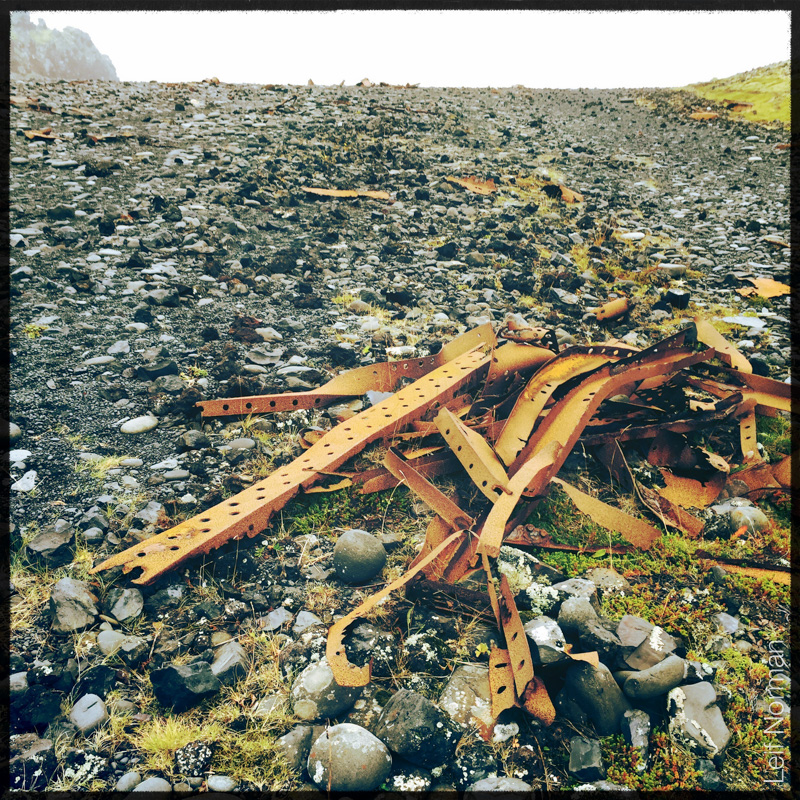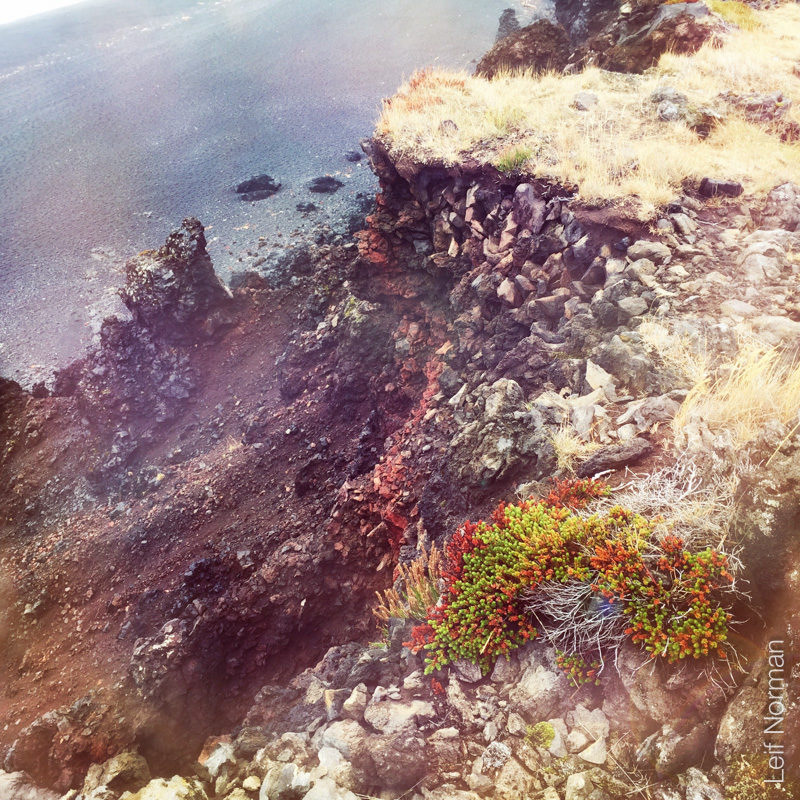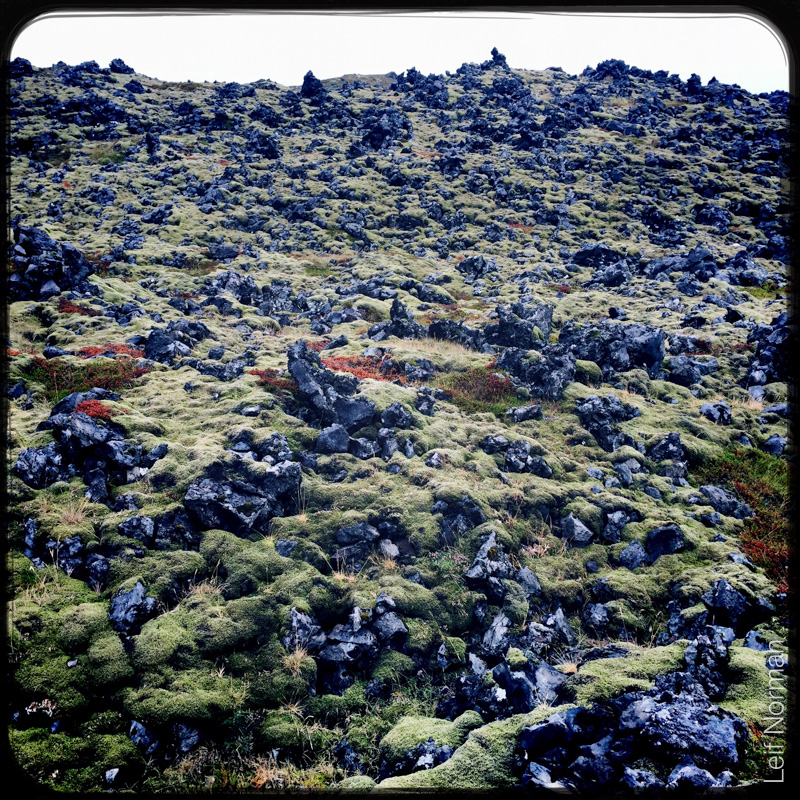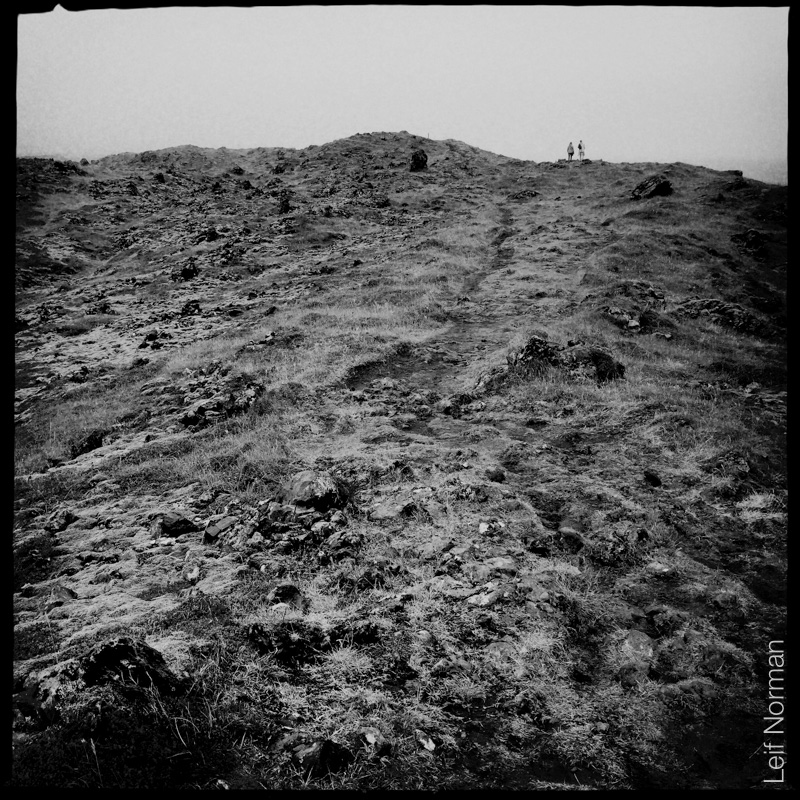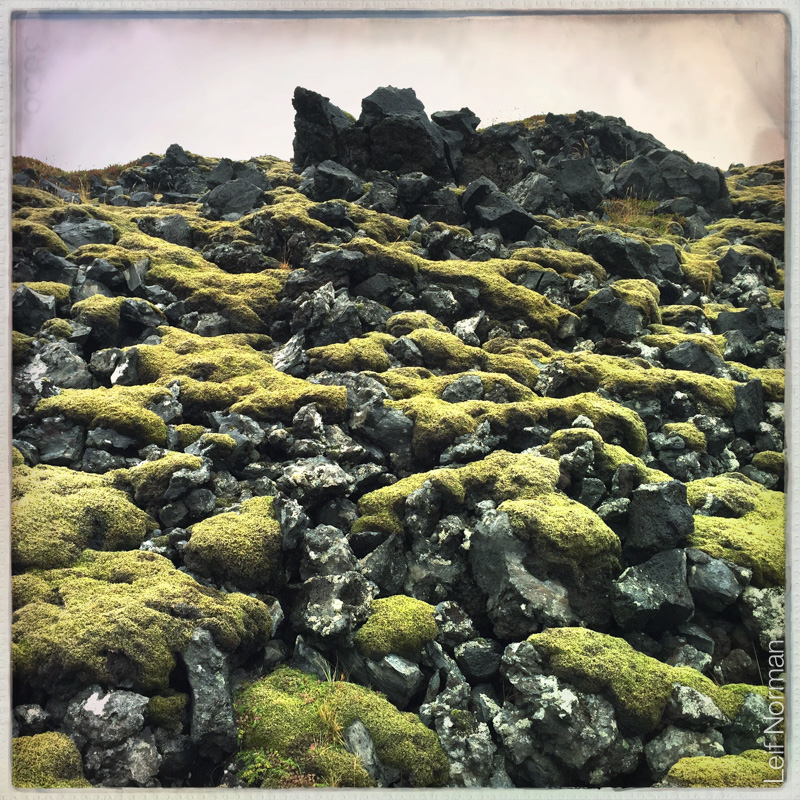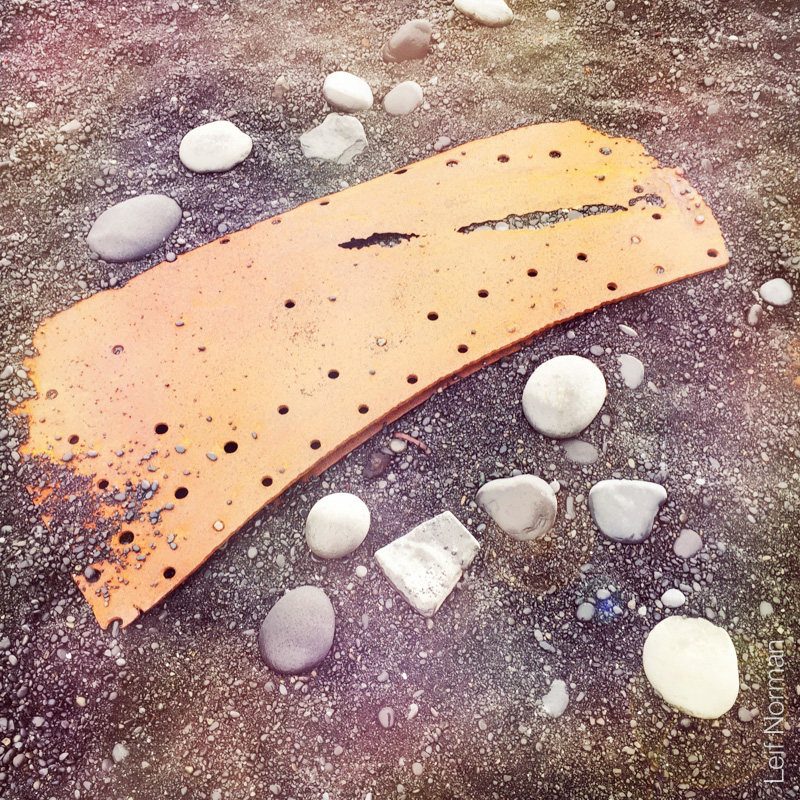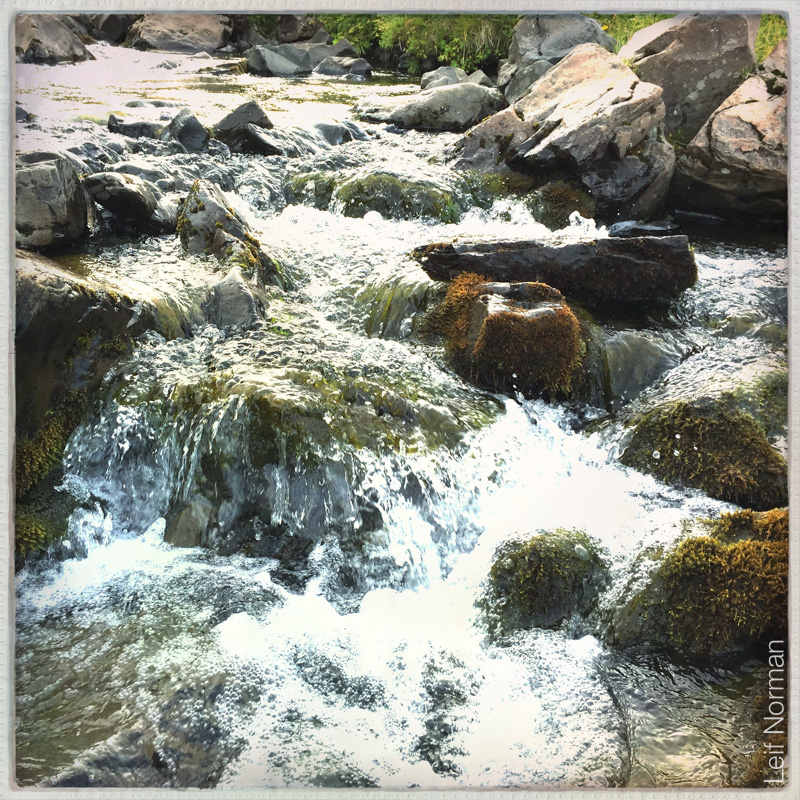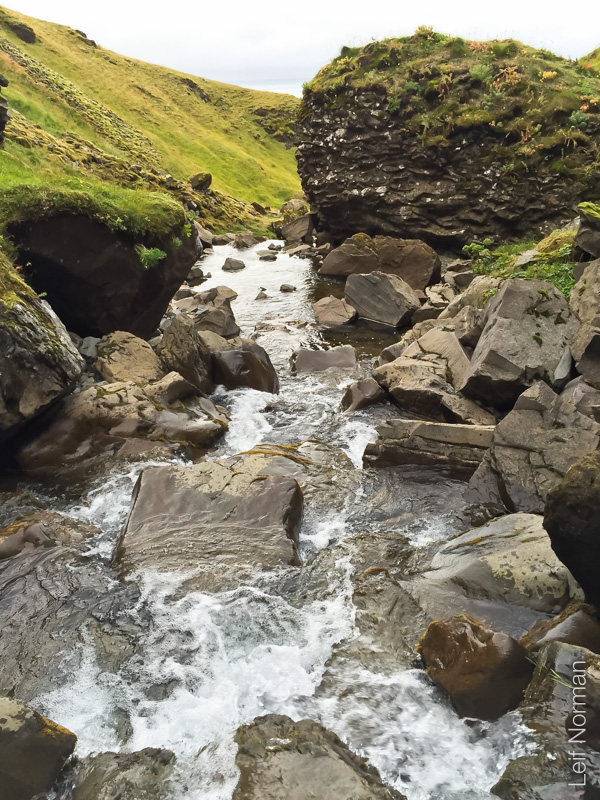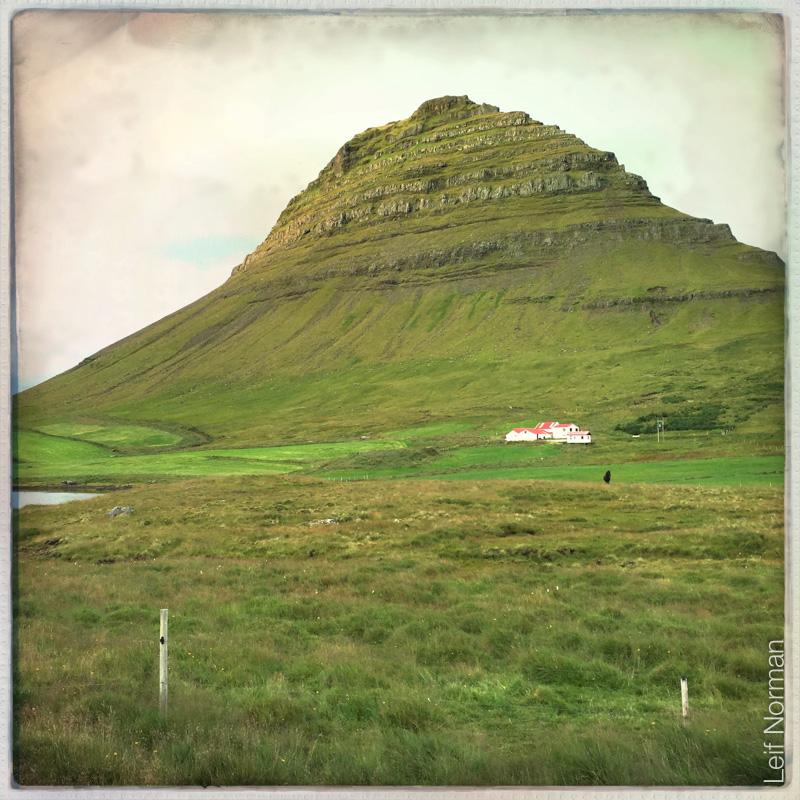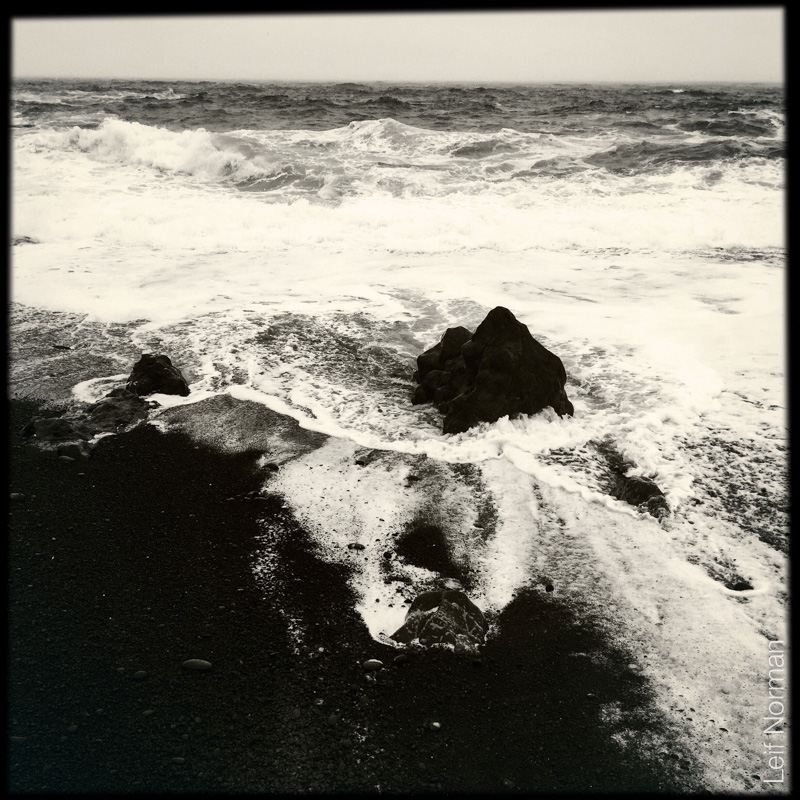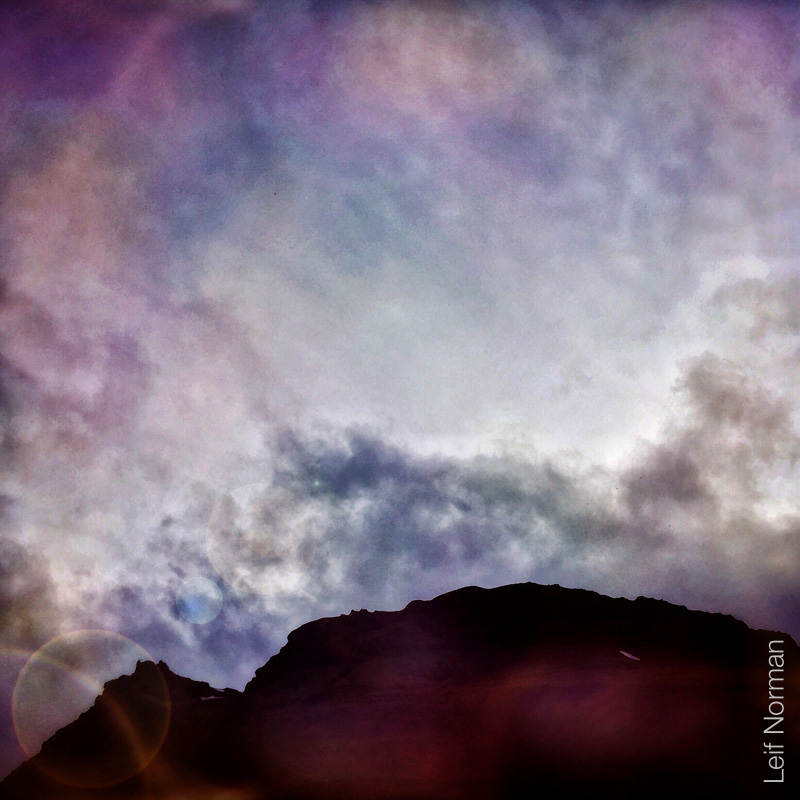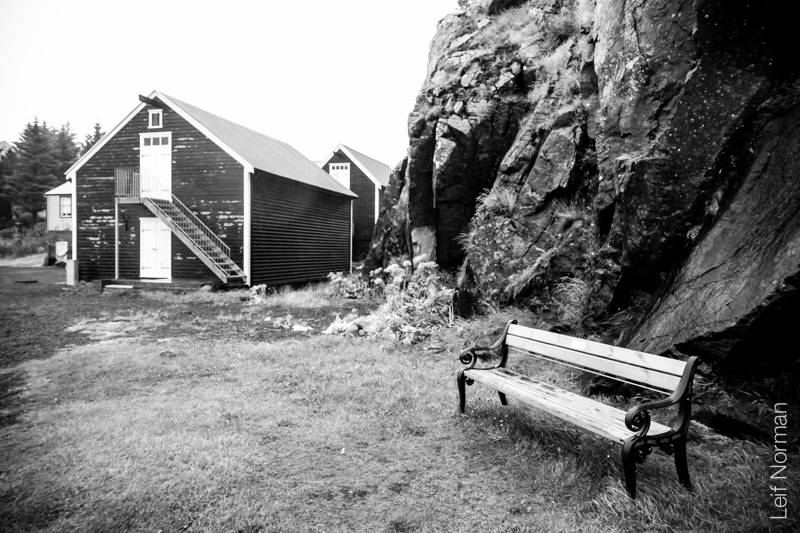
Travelling from a very wet Borganes to Stykkishólmur we stopped at amazing beaches and cliffs in Snæfellsnes.
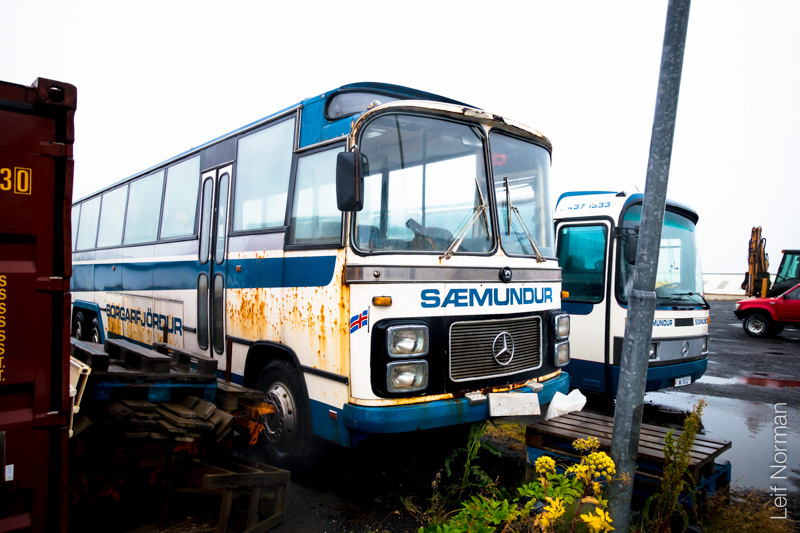

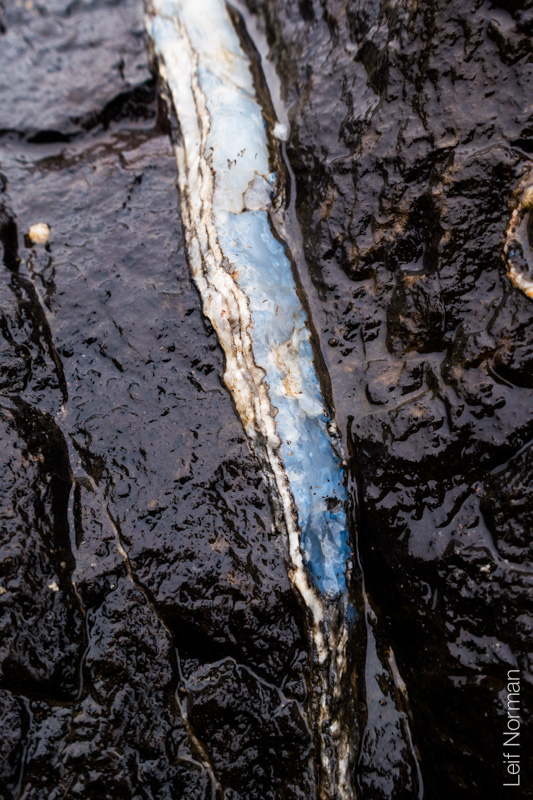
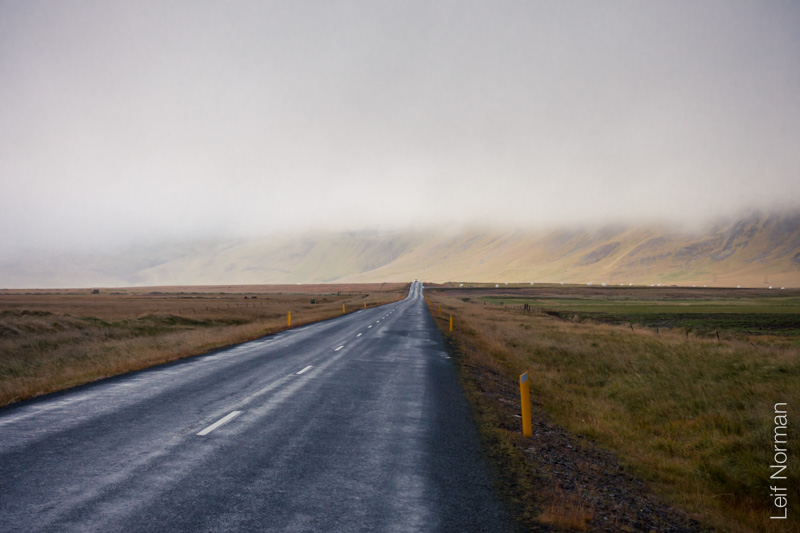
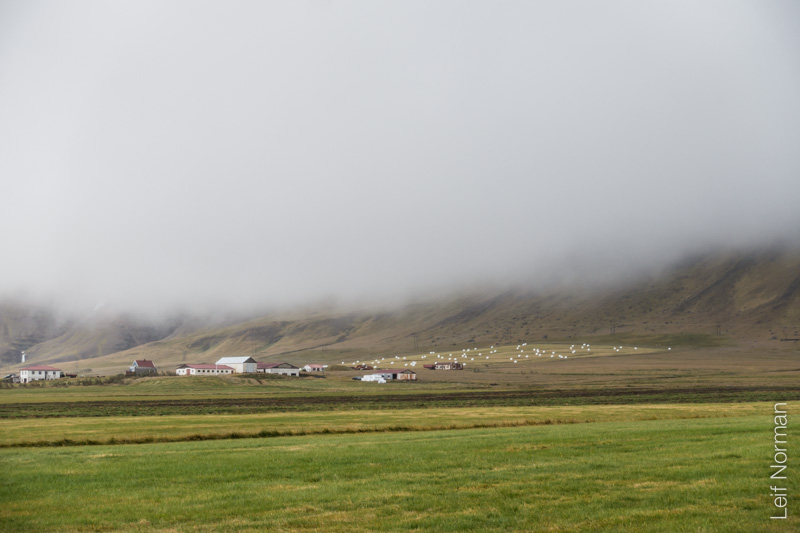
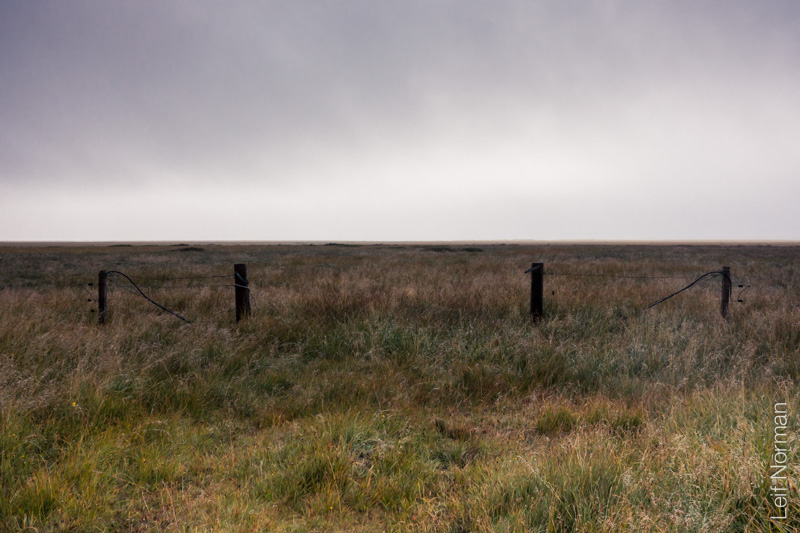
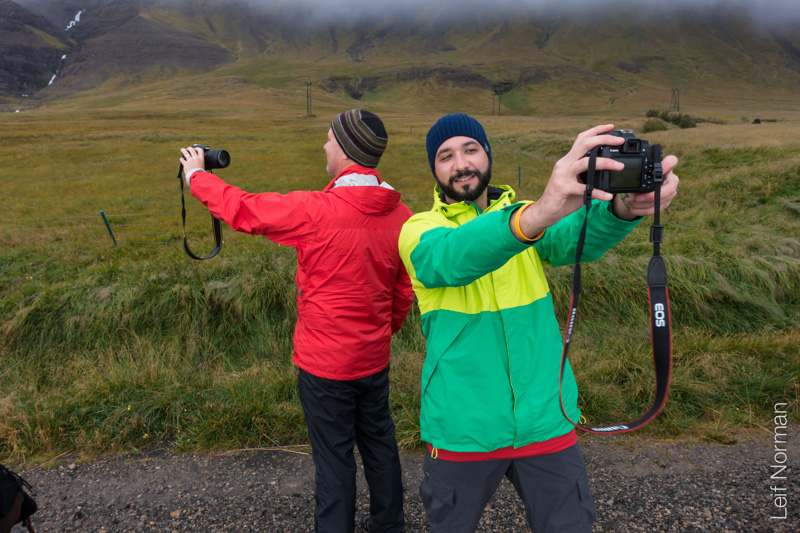
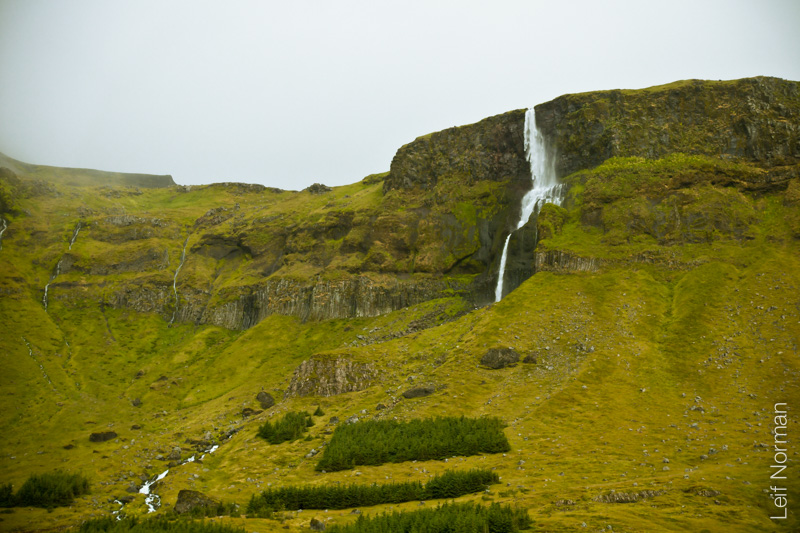
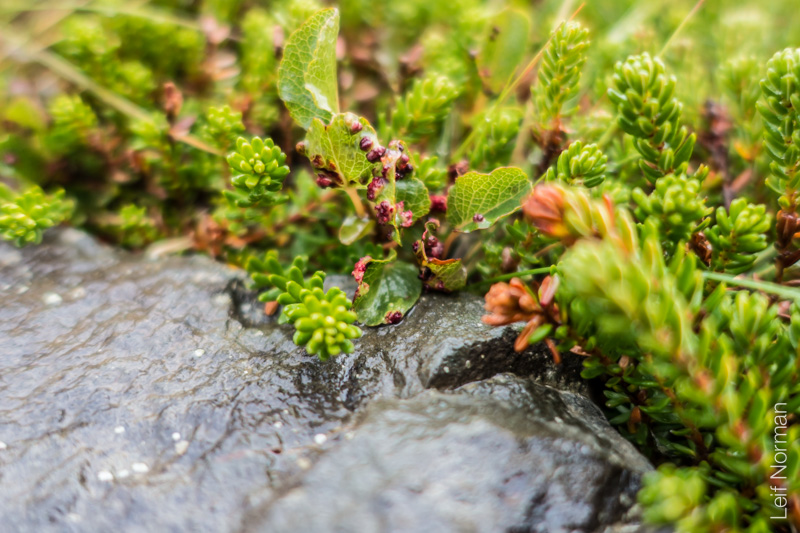

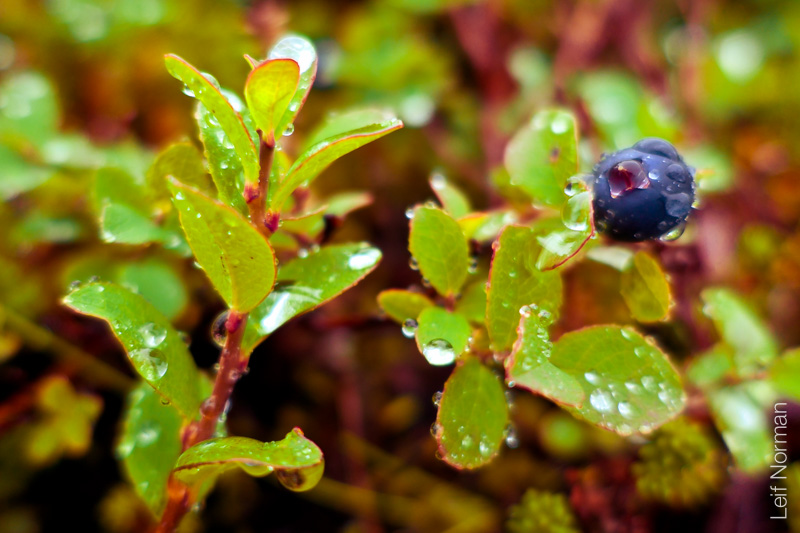
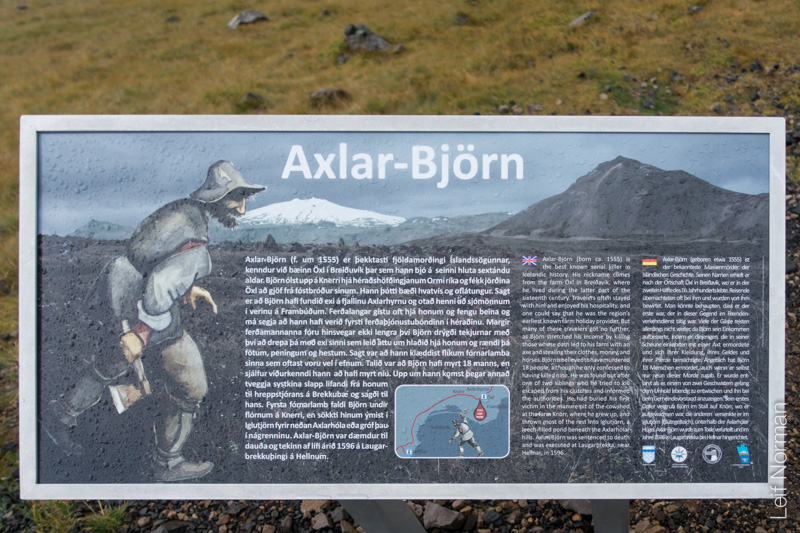
“Although having a stunningly low crime rate and a first place ranking in the Global Peace Index as the most peaceful country of all, Iceland is not without a gory history. Anyone who has read a few pages of the bloodstained Sagas knows this, where newly introduced characters rarely survive to see the next page. But tales of shocking cruelty and torture are rare, making the reports of a 16th century serial killer named Axlar-Björn unique.
Though the existence of this man and his horrendous acts are undisputed, the details regarding the course of his life are somewhat conflicting between various sources, some of which date back more than 400 years. Admittedly, the chronicle has a tincture of folktale-feel about it, but the fact remains that Axlar-Björn is the most notorious serial killer Iceland has ever seen. His killing spree lasted for several decades before he was executed in 1596.
Cravings for Human Blood
Born in 1555 in one of Iceland’s most scenic areas on the beautiful Snæfellsnes Peninsula, Björn did not differ from his two older siblings the first years of his life. His mother, however, is said to have suspected early on that her child was not right, even as she carried him in her womb. She endured horrendous dreams during the pregnancy and suffered from the unconventional cravings for human blood. Her husband drew blood from his foot to quench her thirst but she eventually confided in him, admitting that she feared that the child she carried might not be righteous.
Björn’s father, Pétur, was a ploughman for a man named Ormur, from the farmstead Knörr. Ormur was rich and influential in the community. The two men were good friends and so it was decided that Ormur would foster Björn when he was four years old, as was common practice to support needful families during hard times. Björn was well cared for in his new home and became good friends with his stepbrother, Guðmundur.”
written by Edda Snorradóttir is graduate in Business Administration and she’s currently working on her MSc thesis in Marketing and International Business. She is also a hobby writer and goldfish enthusiast.
Read more at: http://icelandictimes.com/axlar-bjorn-icelands-own-axe-murderer/
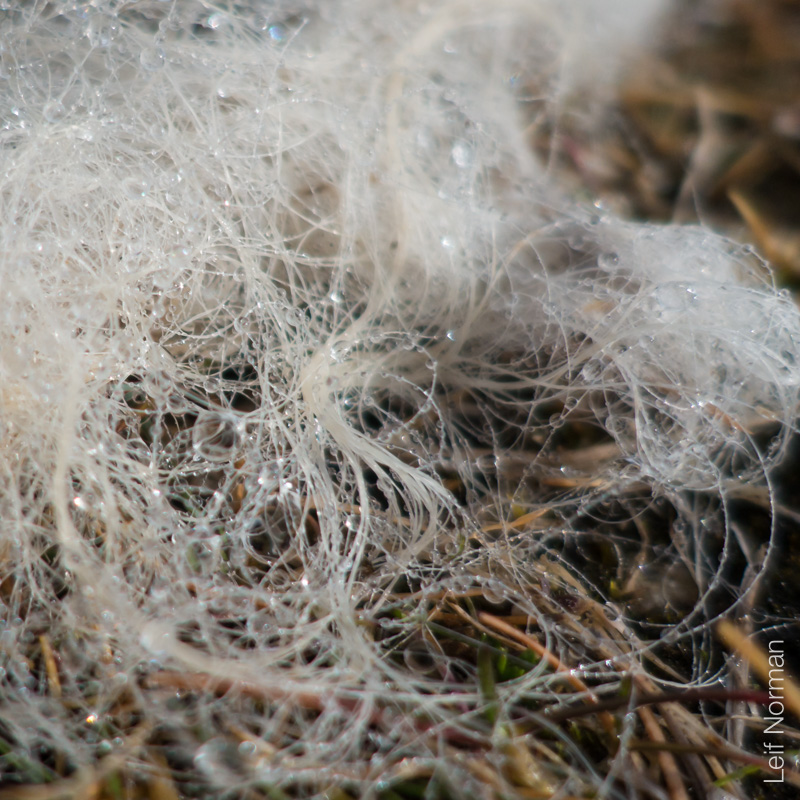
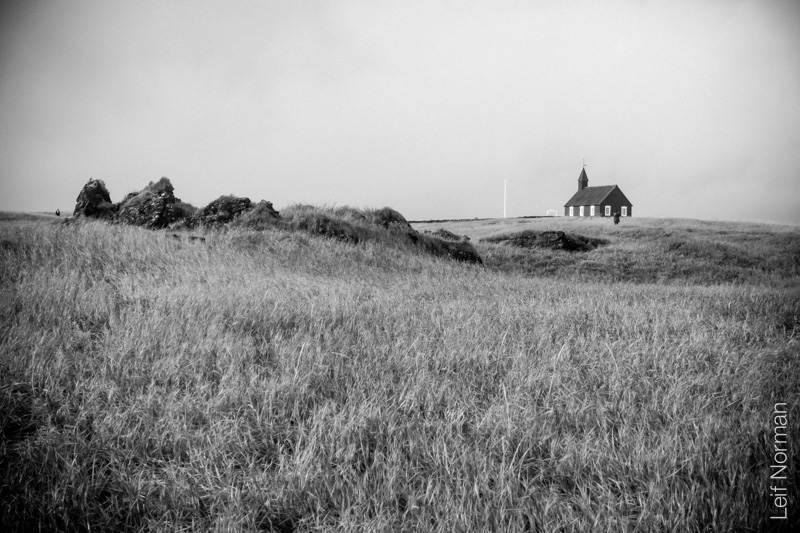
“Búðir (also named Búdir) is a small hamlet in Búðahraun lava fields in Staðarsveit, which is in the western region of Iceland, on the westernmost tip of the Snaefellsnes peninsula where Hraunhafnará falls to the sea, the original old name of Búðir having been Hraunhöfn.” from Wikipedia
“Búðakirkja – The church at Búðir
A church was fist built at Búðir in 1703. It was built by a Swedish-born merchant named Bendt Lauridsen. Bishop Jón Vídalín gave his permission to build a church here while on a visitation-tour in the summer f 1701. Bendt himself paid for the building. There had been earlier a church at Hraunhöfn but it had fallen into disrepair.
Bendt´s church was pulled down and a new one built in its place. In 1816 the church at Búðir was deconsecrated by royal decree. In 1832 the church building was used as a storehouse and shortly after that it was pulled down. A merchant´s widow living at Búðir, Steinunn Sveinsdóttir, fought to re-establish a churh at Búðir and got permission from the king to build a chuch here in 1847. In 1848 a new church was built on the foundations of the old one.
The church building has been reconstructed and was reconsecrated in 1987. The reconstruction of the church was based on measurements and detailed descriptions in clercal documents from 1850, the year the church was consecrated, and on old photographs from the turn of the century. Some parts of the original church were also intact and original colours were found beneath later layers of paint. Hörður Ágústsson an artist and house-archeologist, supervised the work.”
from http://stadastadarprestakall.is/en/budakirkja/
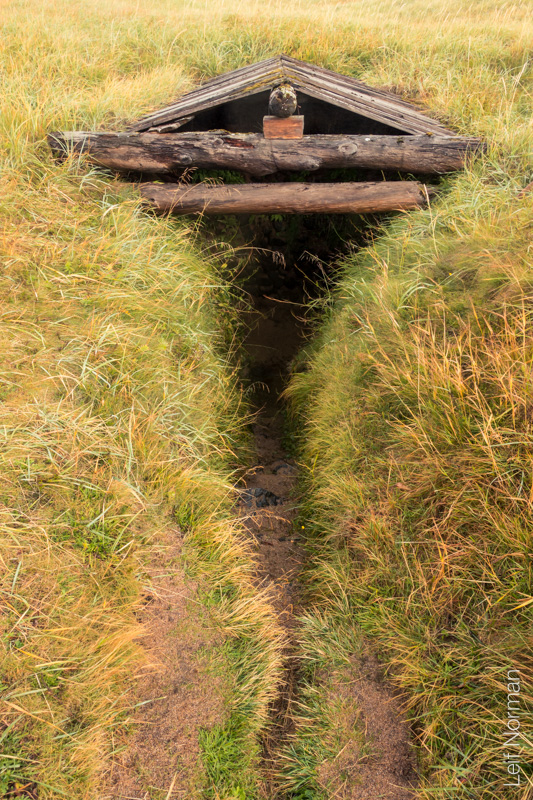

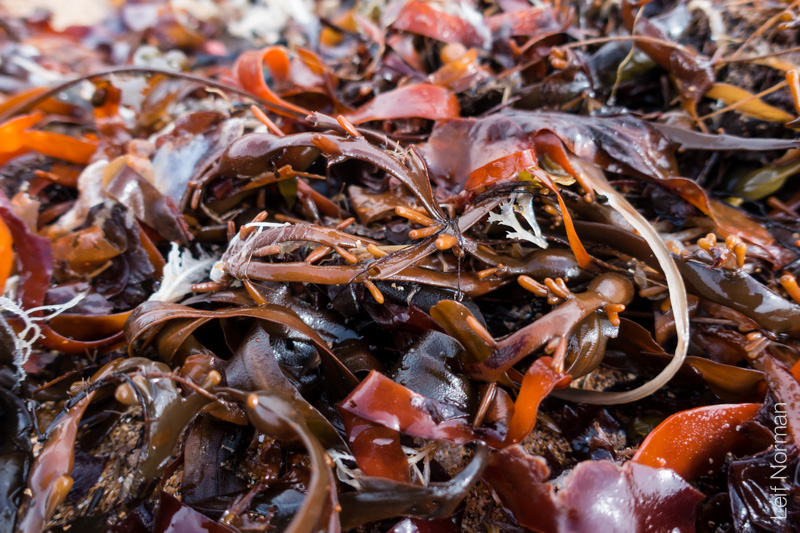


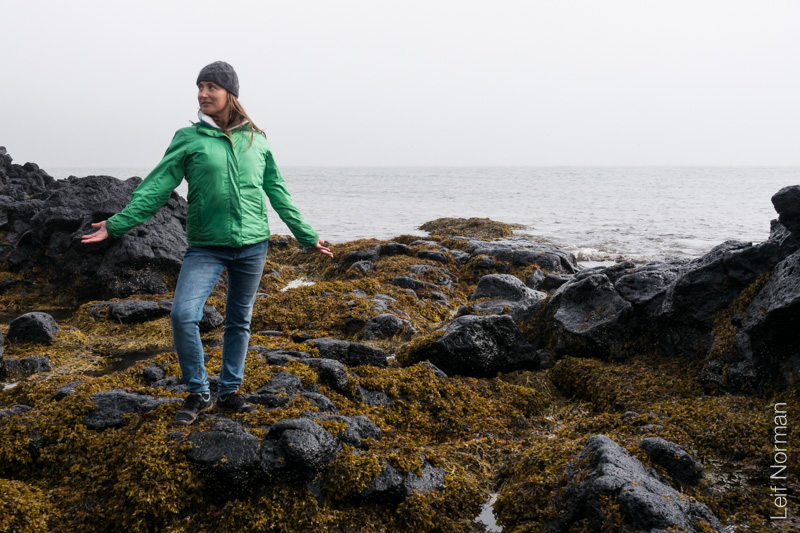
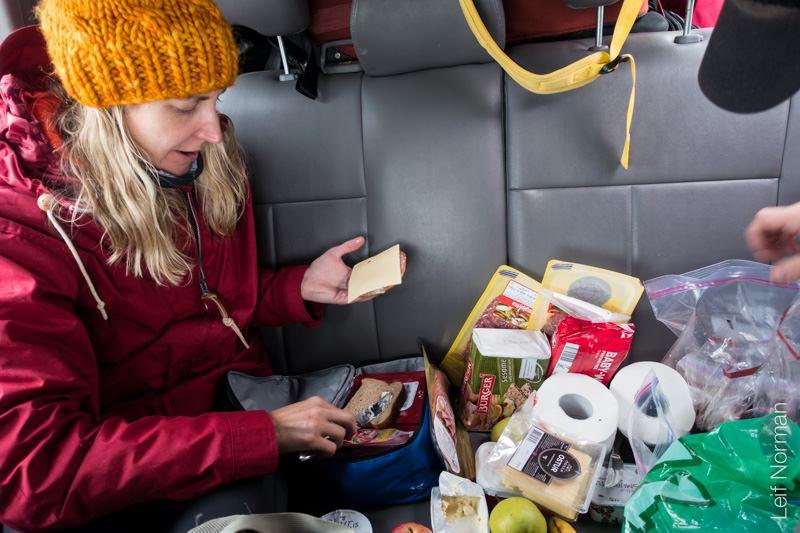
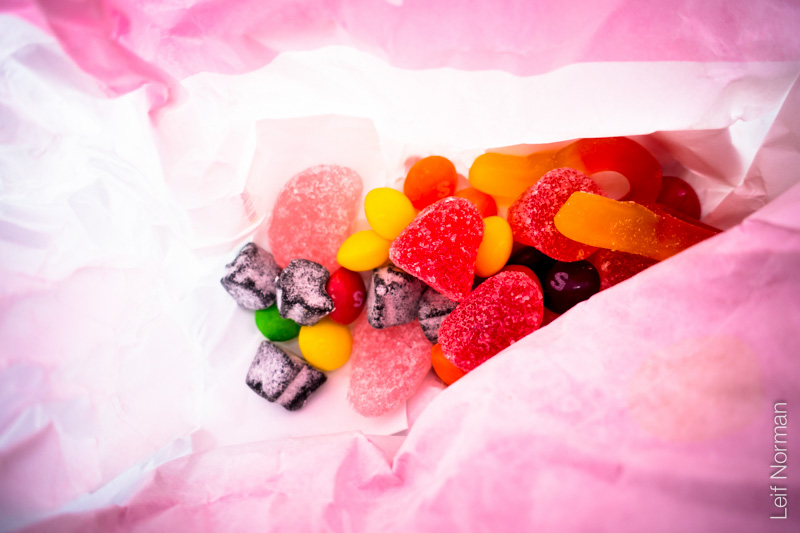

“Djupalonssandur is a beautiful pebbled beach, with a series of rocks of mysterious form emerging from the ocean.
It is one of the few areas that lead down to the sea along this coast with its high dramatic cliffs. Watch out for the famous ghosts roaming the place!
The rest of a shipwreck can be seen on the beach. On the beach there are also big stones which people tried to lift and test their strength in the days of the fishing stations: Fully Strong 154 kg, Half-Strong 100 kg, Weakling 54 kg and Bungler 23 kg. Weakling marked the frontier of wimphood, any man who couldn’t lift it was deemed unsuitable for a life as a fisherman.”
from http://www.west.is/en/west/place/djupalonssandur-dritvik
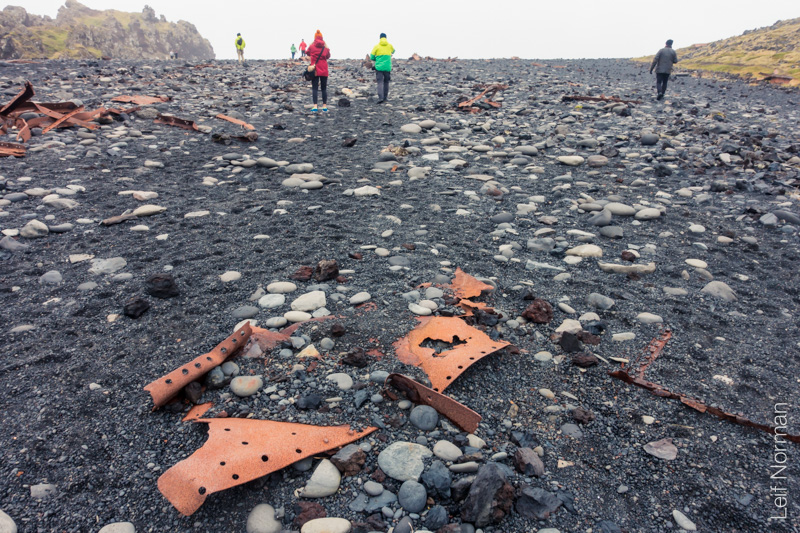
“Djúpalónssandur is a sandy beach and bay on foot of Snæfellsjökull in Iceland. It was once home to sixty fishing boats and one of the most prolific fishing villages on the Snæfellsnes peninsula but today the bay is uninhabited.
Four lifting stones are in Djúpalónssandur, used by fishermen to test their strength. They are Fullsterkur (“full strength”) weighing 154 kg, Hálfsterkur (“half strength”) at 100 kg, hálfdrættingur (“weakling”) at 54 kg and Amlóði (“Useless”) 23 kg. They were traditionally used to qualify men for work on fishing boats, with the Hálfdrættingur being the minimum weight a man would have to lift onto a ledge at hip-height to qualify.[1]
On the beach there are remains of the Grimsby fishing trawler Epine (GY7) that was wrecked there on March 13, 1948.” from Wikipedia
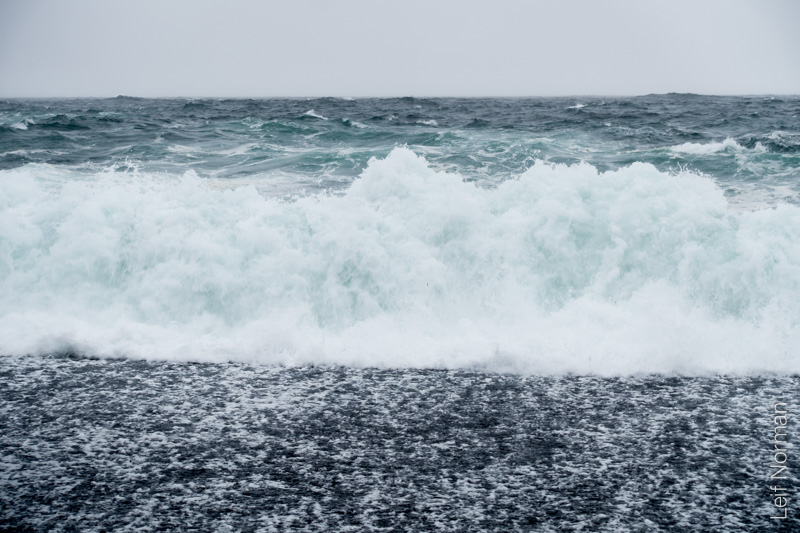
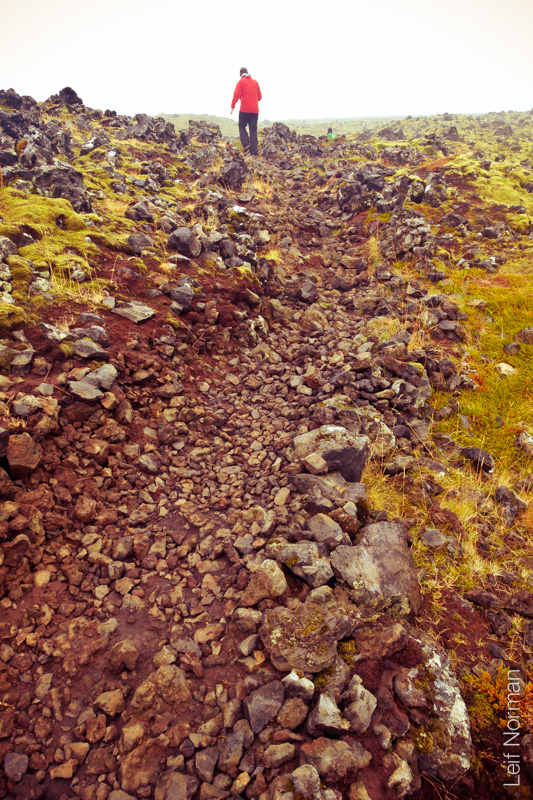
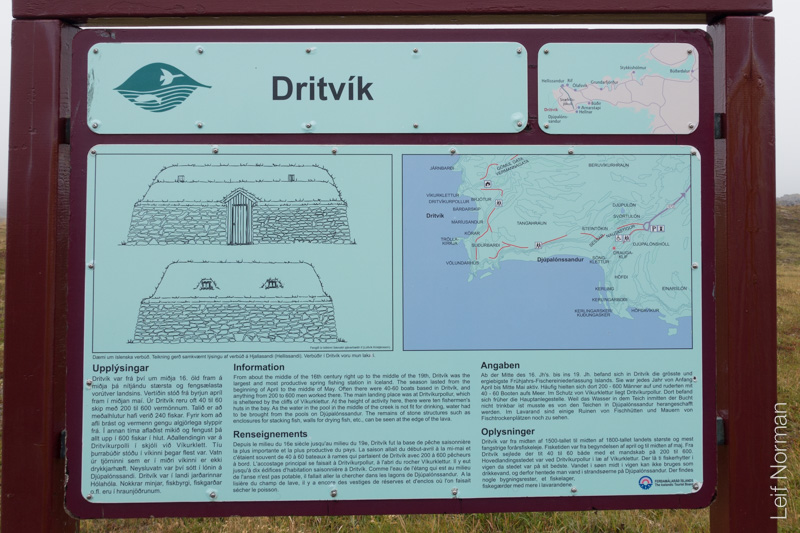
“On the southwest coast, Rte 572 leads off of Rte 574 to the wild black-sand beach Djúpalónssandur. It’s a dramatic place to walk with rock formations (an elf church! and kerling, a troll woman), two brackish pools (for which the beach was named), and the rock-arch Gatklettur. An asphalt car park and public toilets allow tour bus access, and crowds.
Down on the beach you can still see four lifting stones where fishing-boat crews would test the strength of aspiring fishermen. The smallest stone is Amloði (Bungler) at 23kg, followed by Hálfdrættingur (Weak) at 54kg, Hálfsterkur (Half-Strong) at 100kg, and the largest, Fullsterker (Fully Strong), at 154kg. Hálfdrættingur marked the frontier of wimphood, and any man who couldn’t heft it was deemed unsuitable for a life at sea. Alongside, the black sands are covered in pieces of rusted metal from the English trawler Eding, which was shipwrecked here in 1948.
A series of rocky sea stacks, some of which are thought to be a troll church, emerge from the ocean up the coast, as you tramp north over the craggy headland to reach the black-sand beach at Dritvík. From the 16th to the 19th century Dritvík was the largest fishing station in Iceland, with up to 60 fishing boats, but now there are only ruins near the edge of the lava field.”
Read more: http://www.lonelyplanet.com/iceland/dritvik-djupalon#ixzz3wnNq6zcu
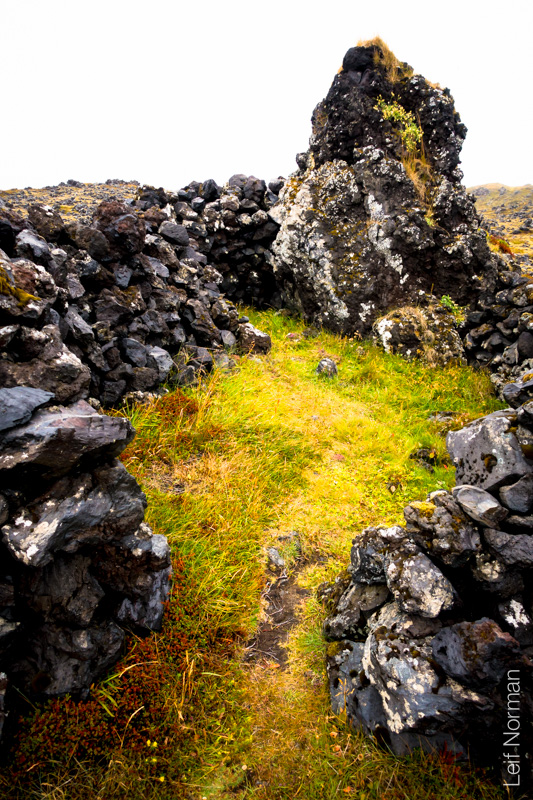
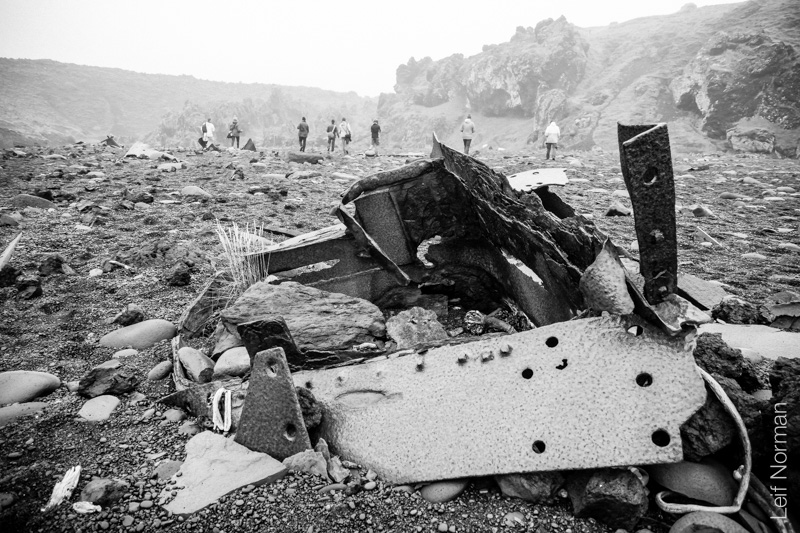
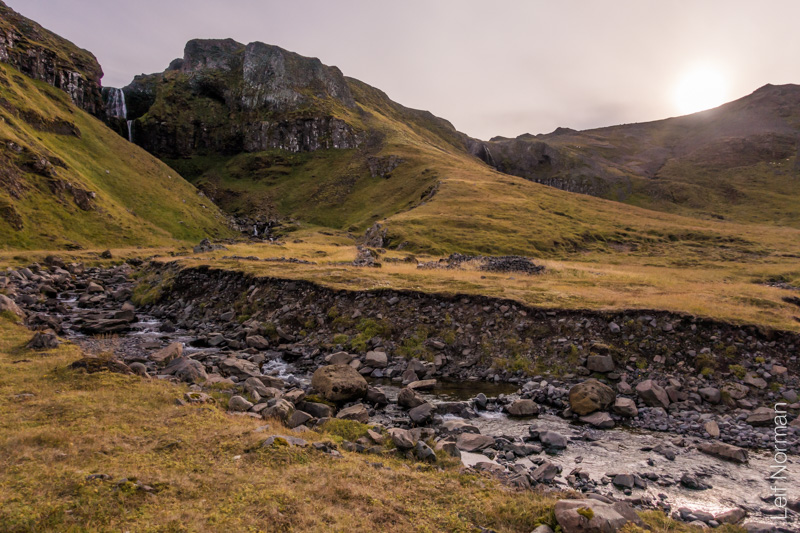
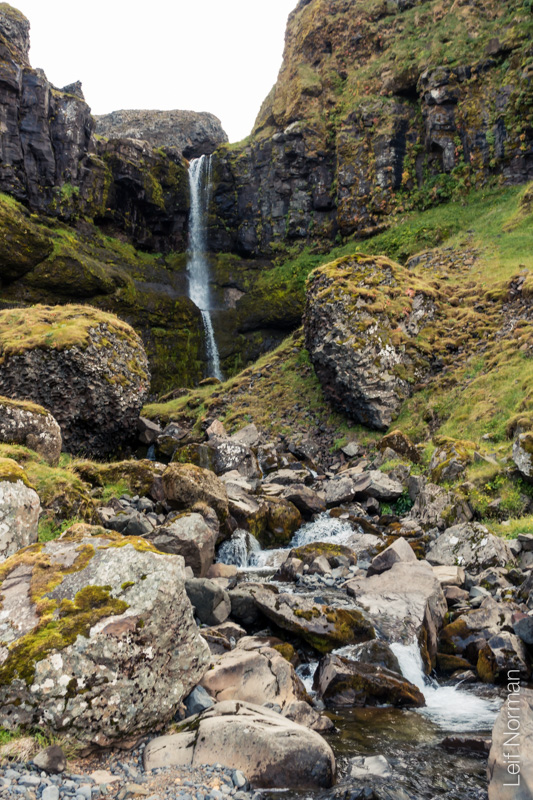
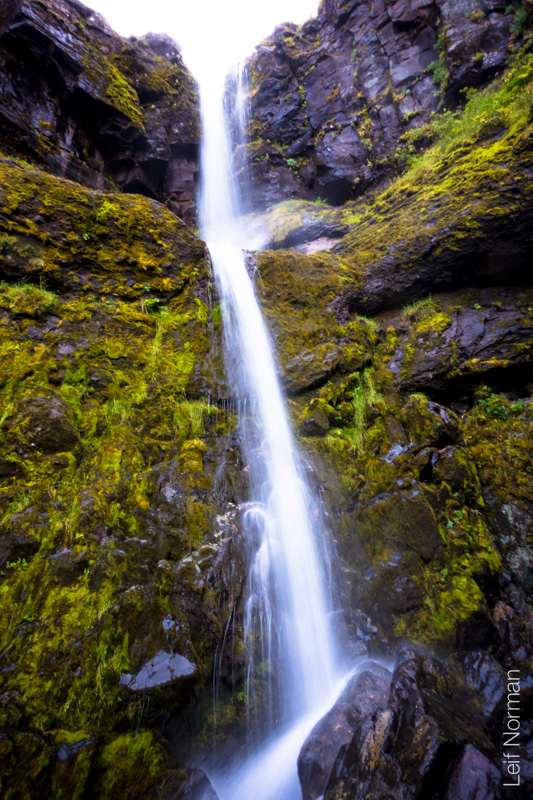

“Kirkjufell (Icelandic: Church mountain) is a 463m[1] high mountain on the north coast of Iceland’s Snæfellsnes peninsula, near the town of Grundarfjörður.” from Wikipedia
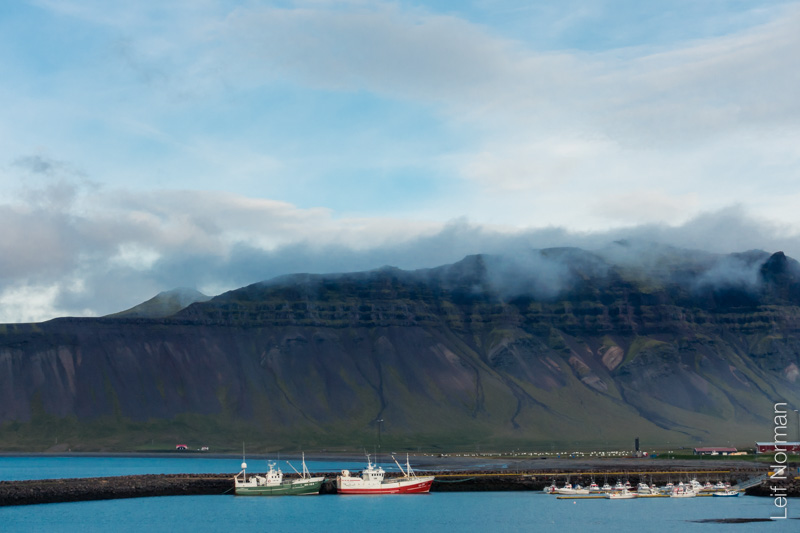
“Grundarfjörður is a small town, situated in the north of the Snæfellsnes peninsula in the west of Iceland. It is situated between a mountain range and the sea. The nearby mountain Kirkjufell forms a small peninsula.” from Wikipedia
